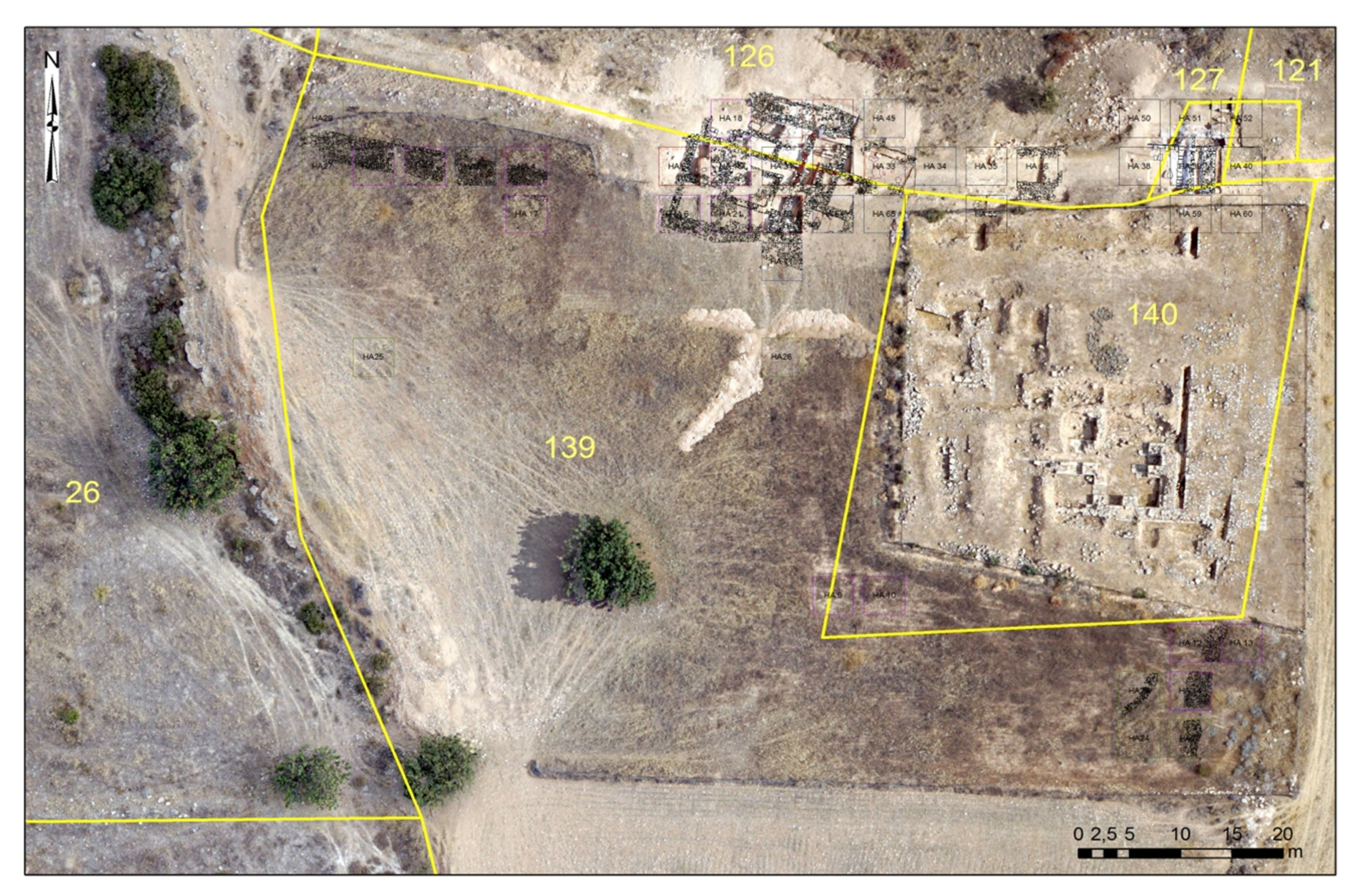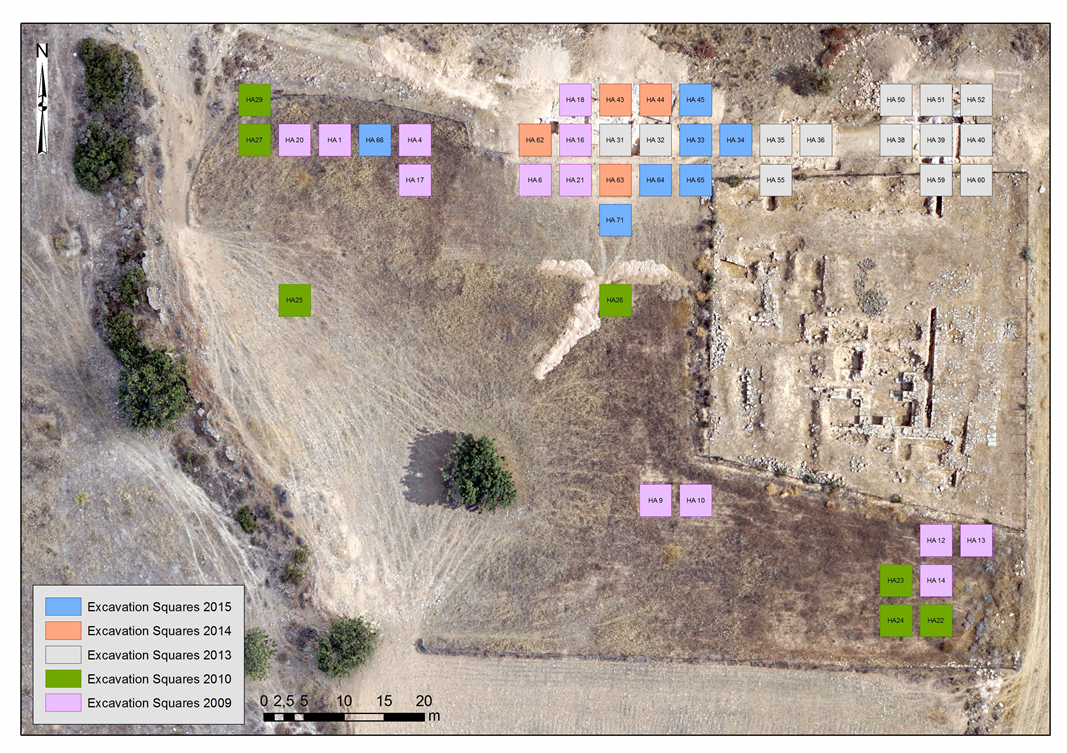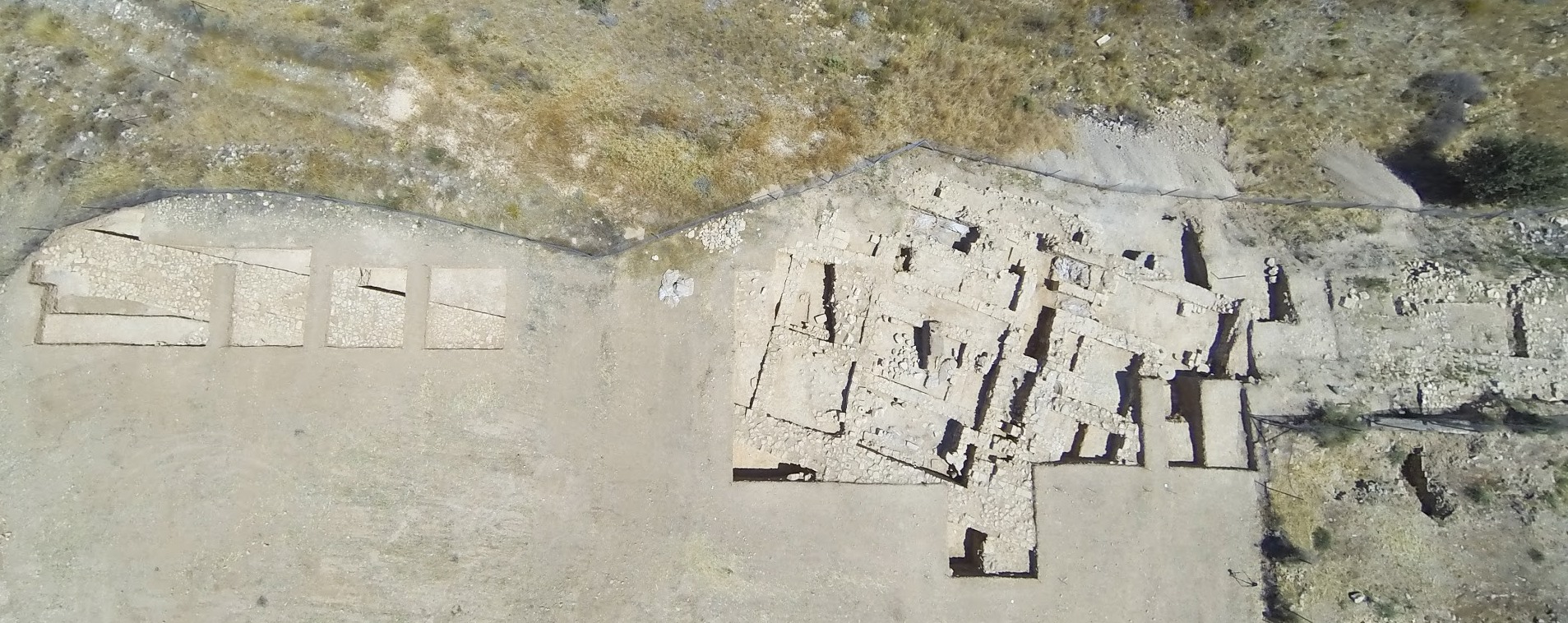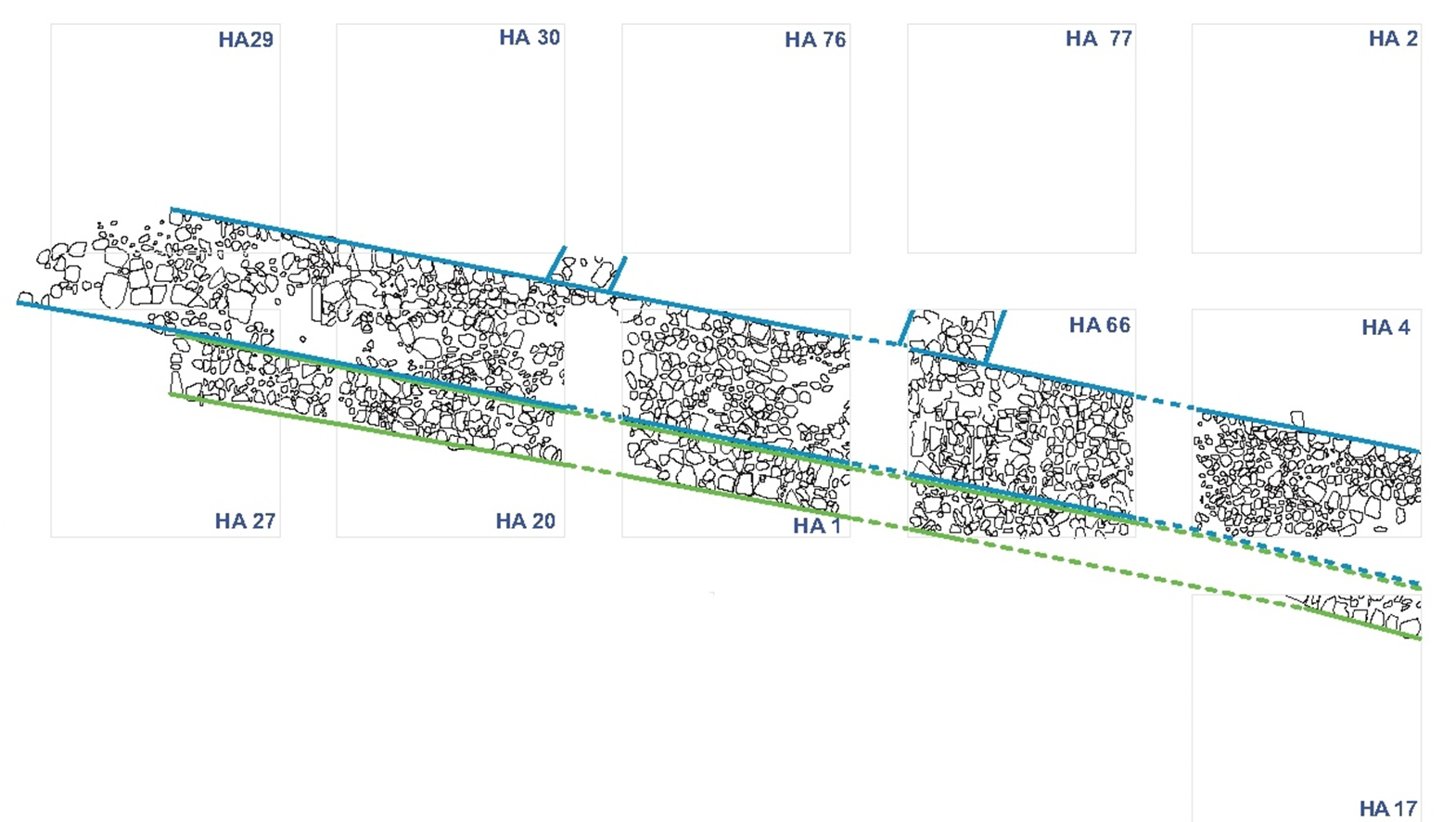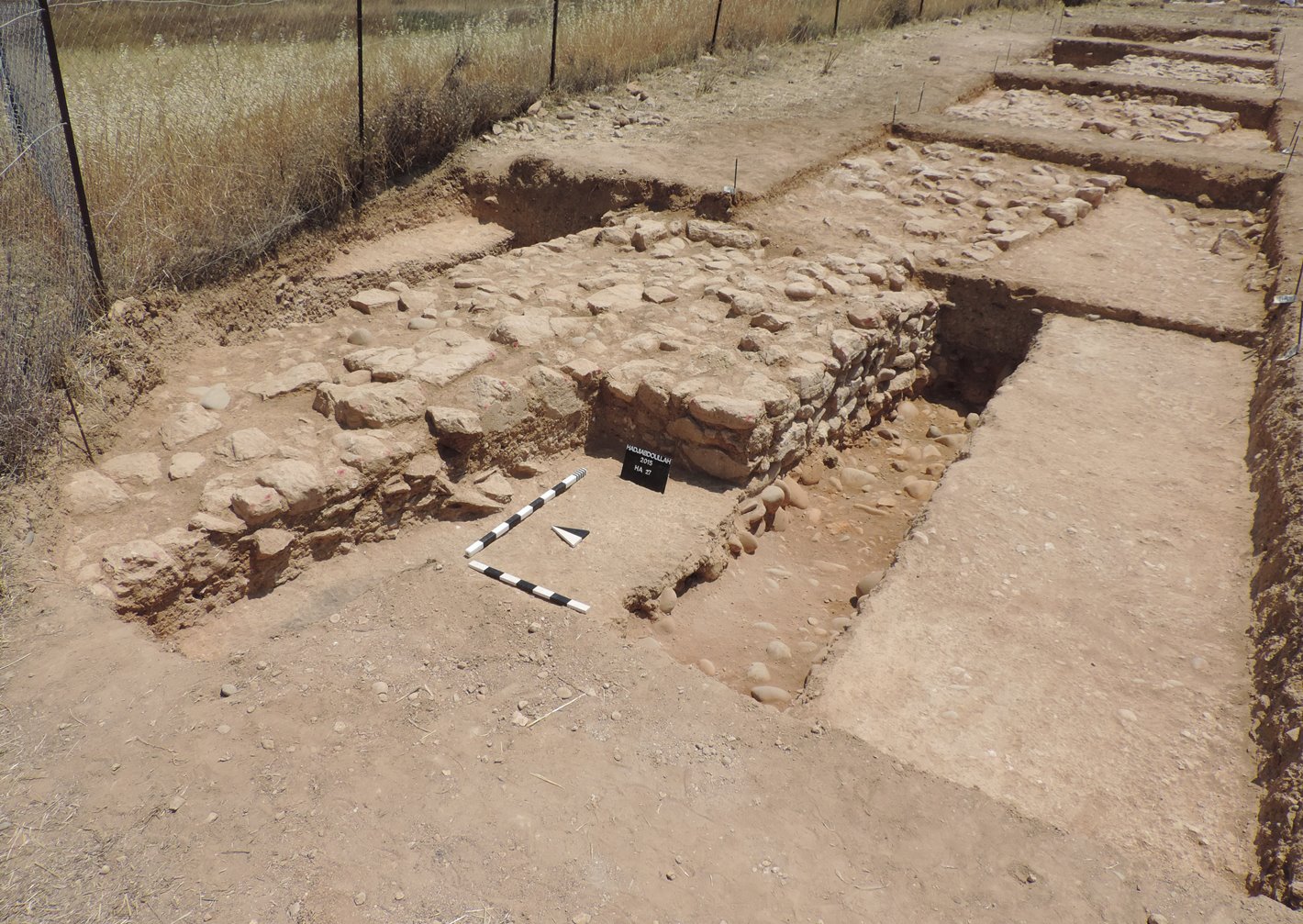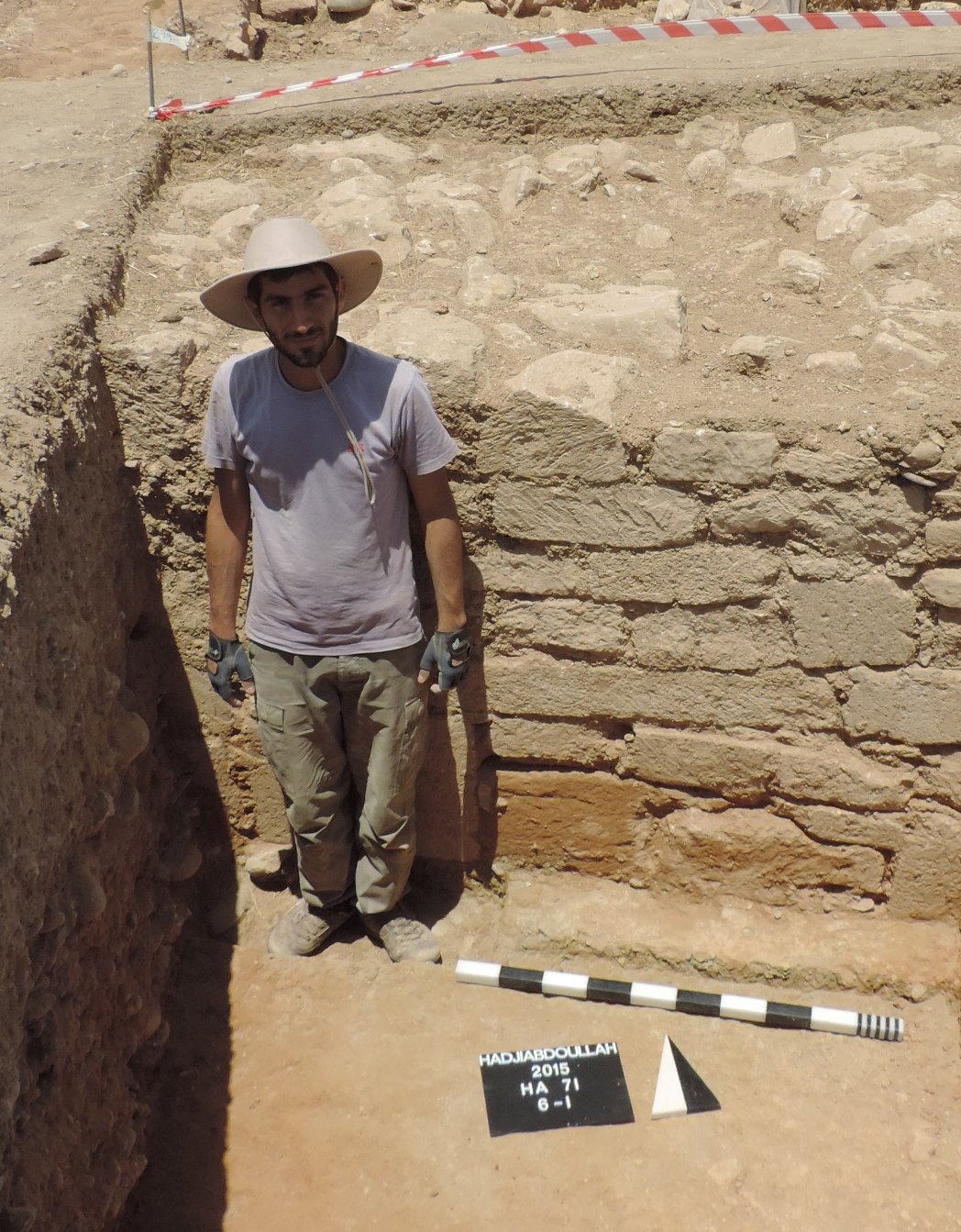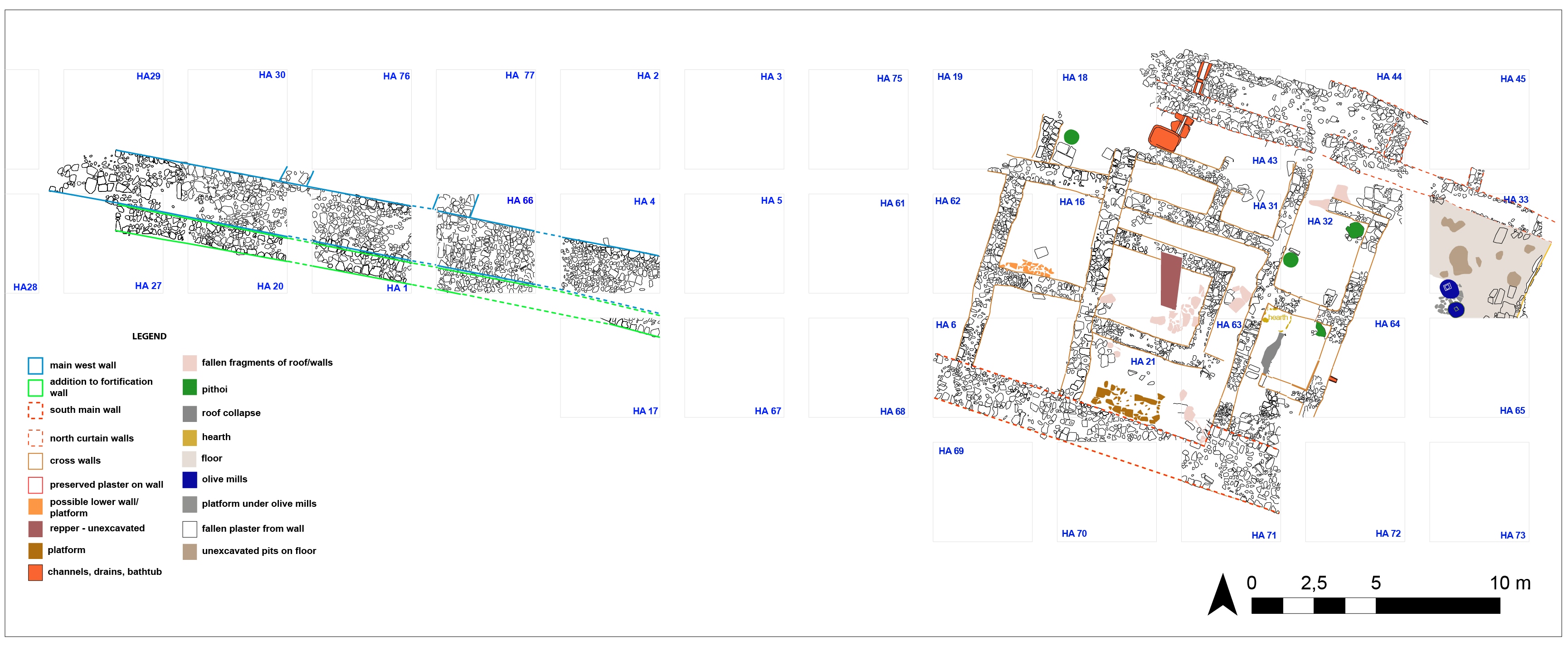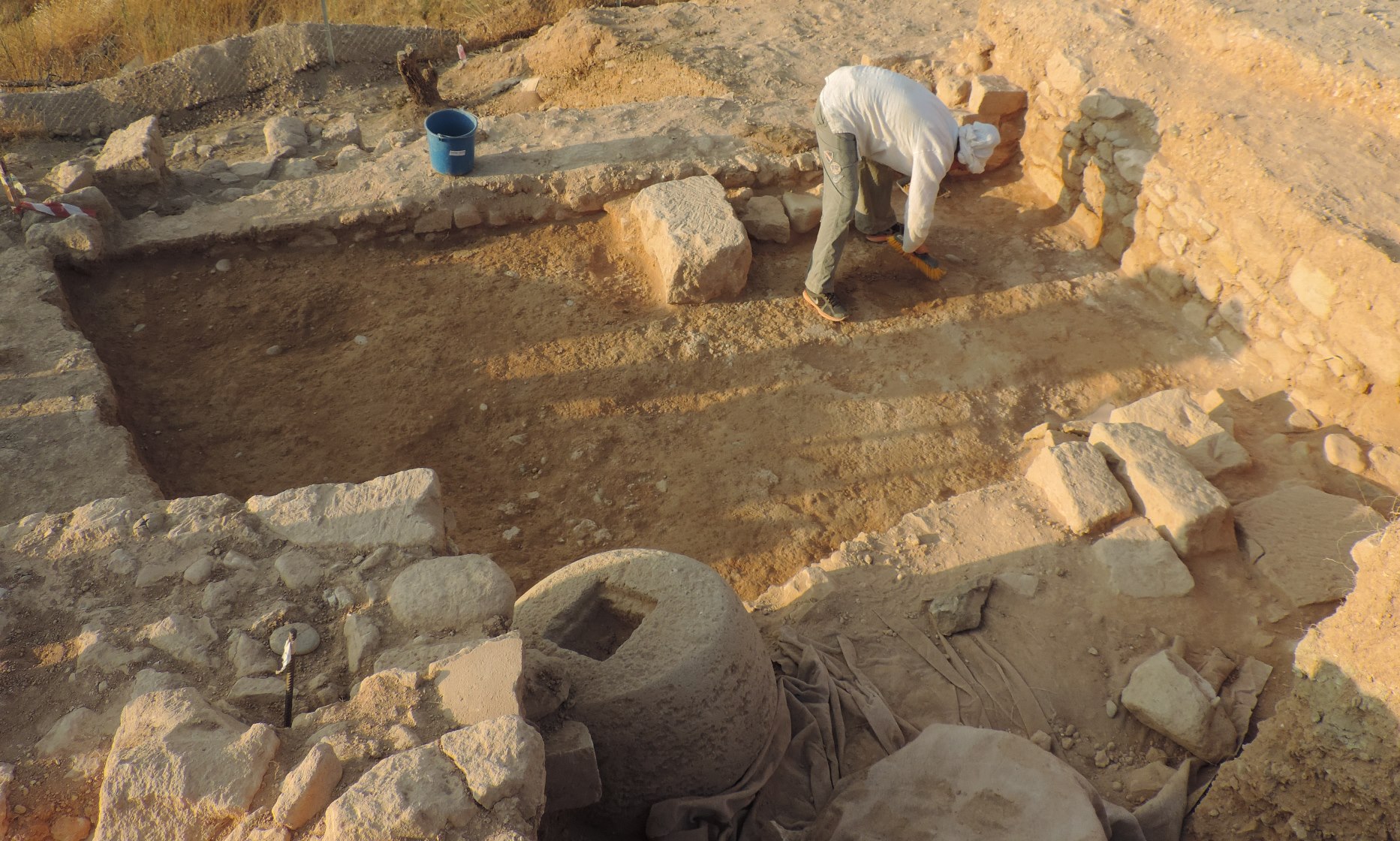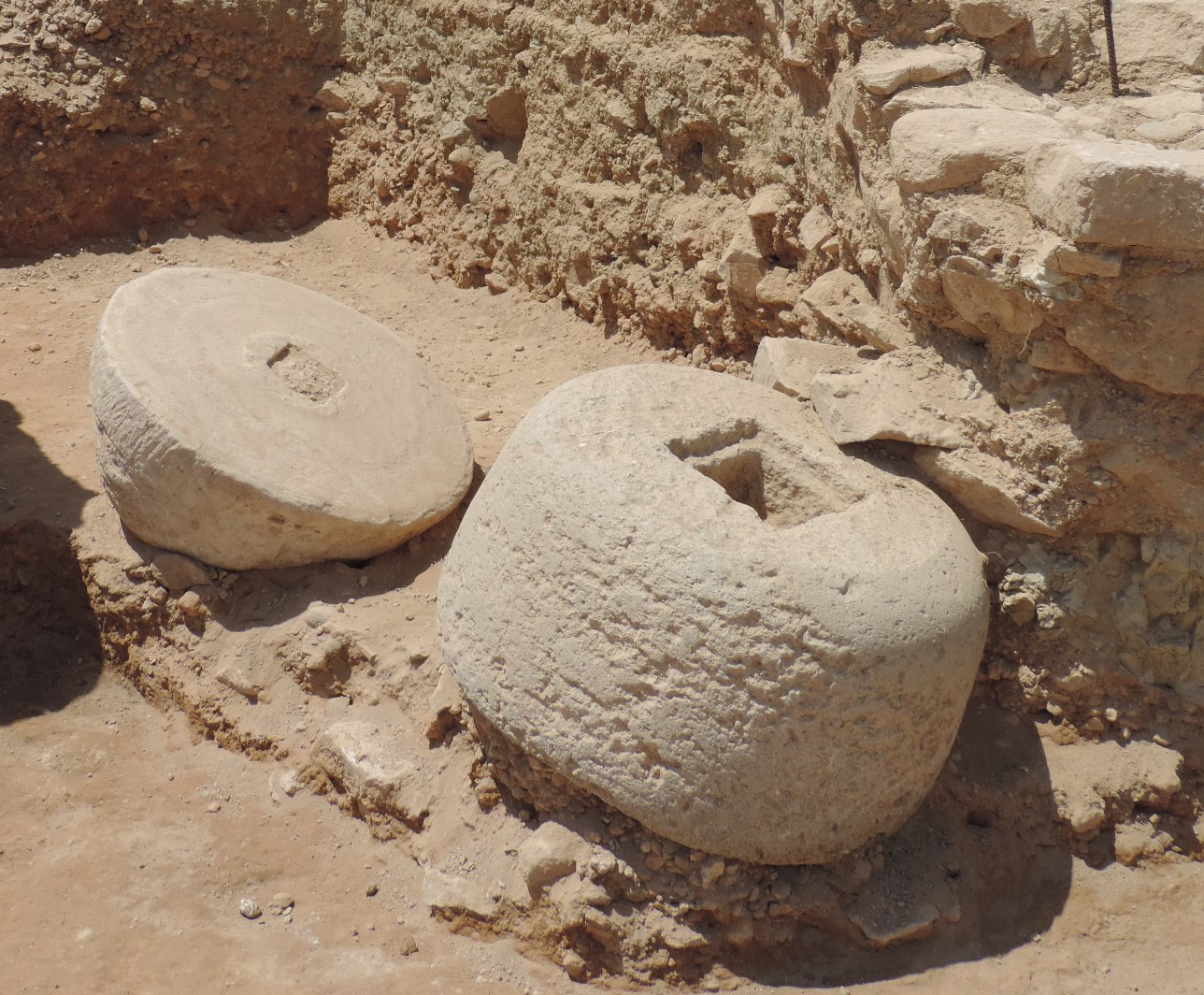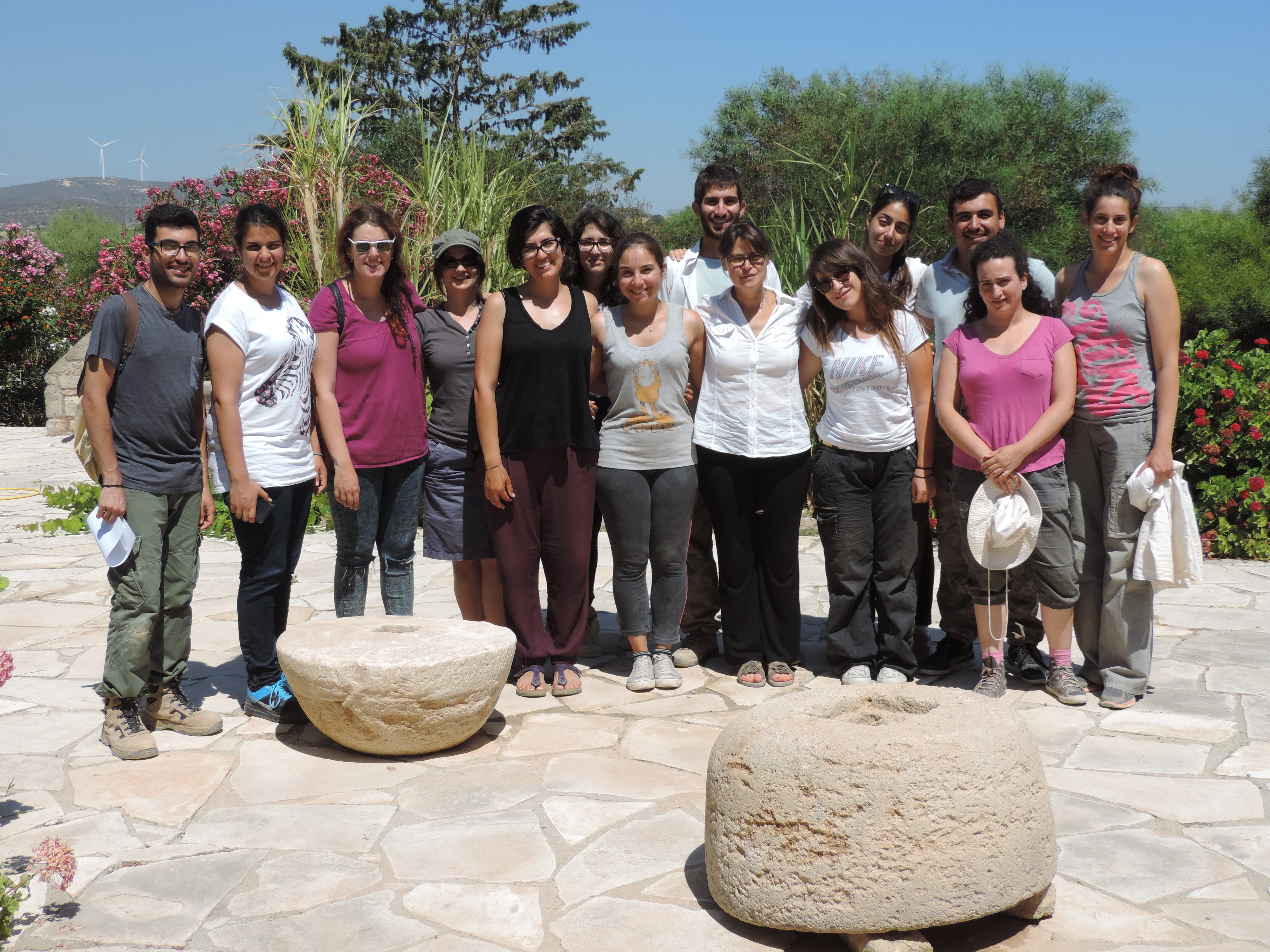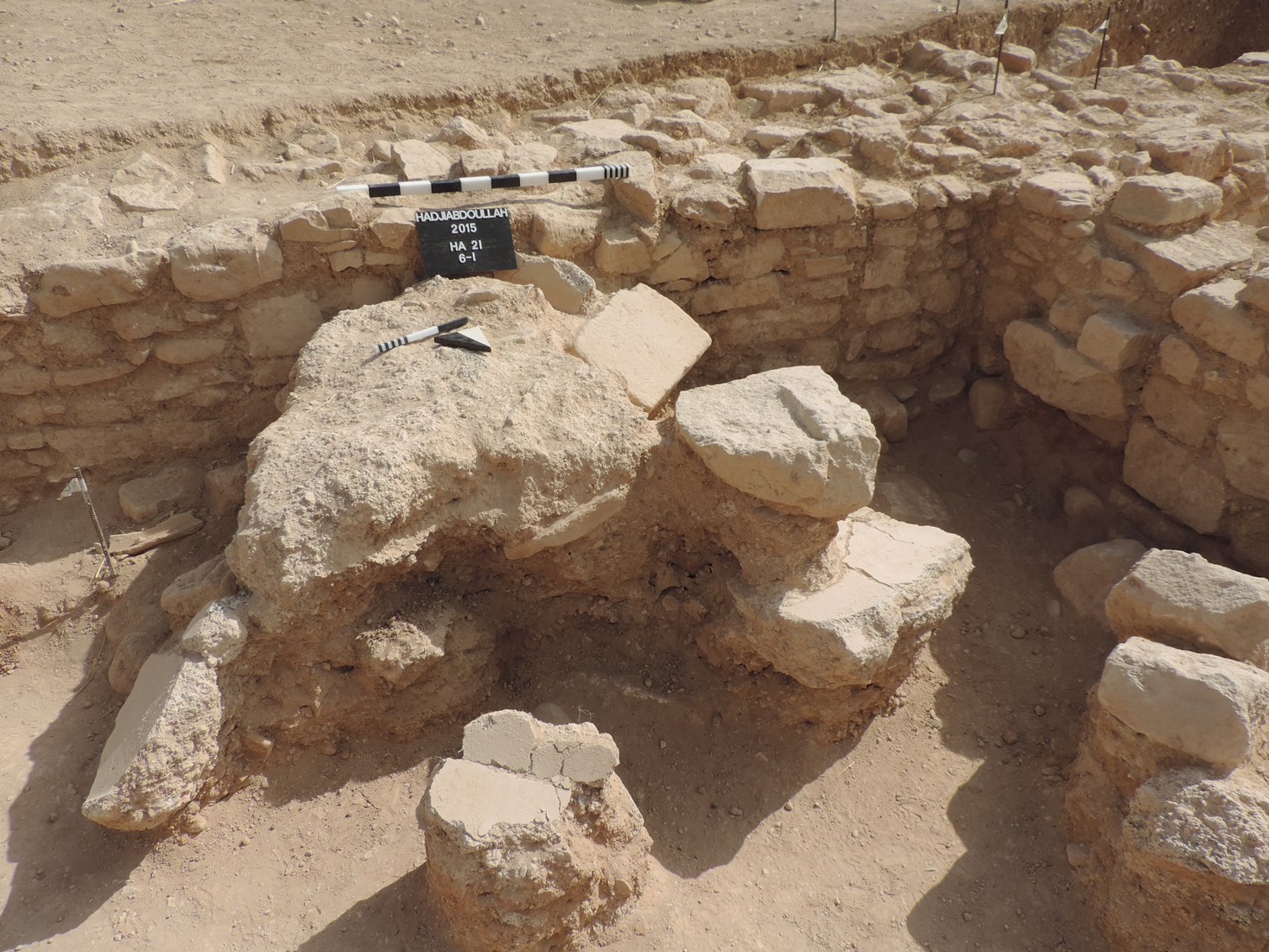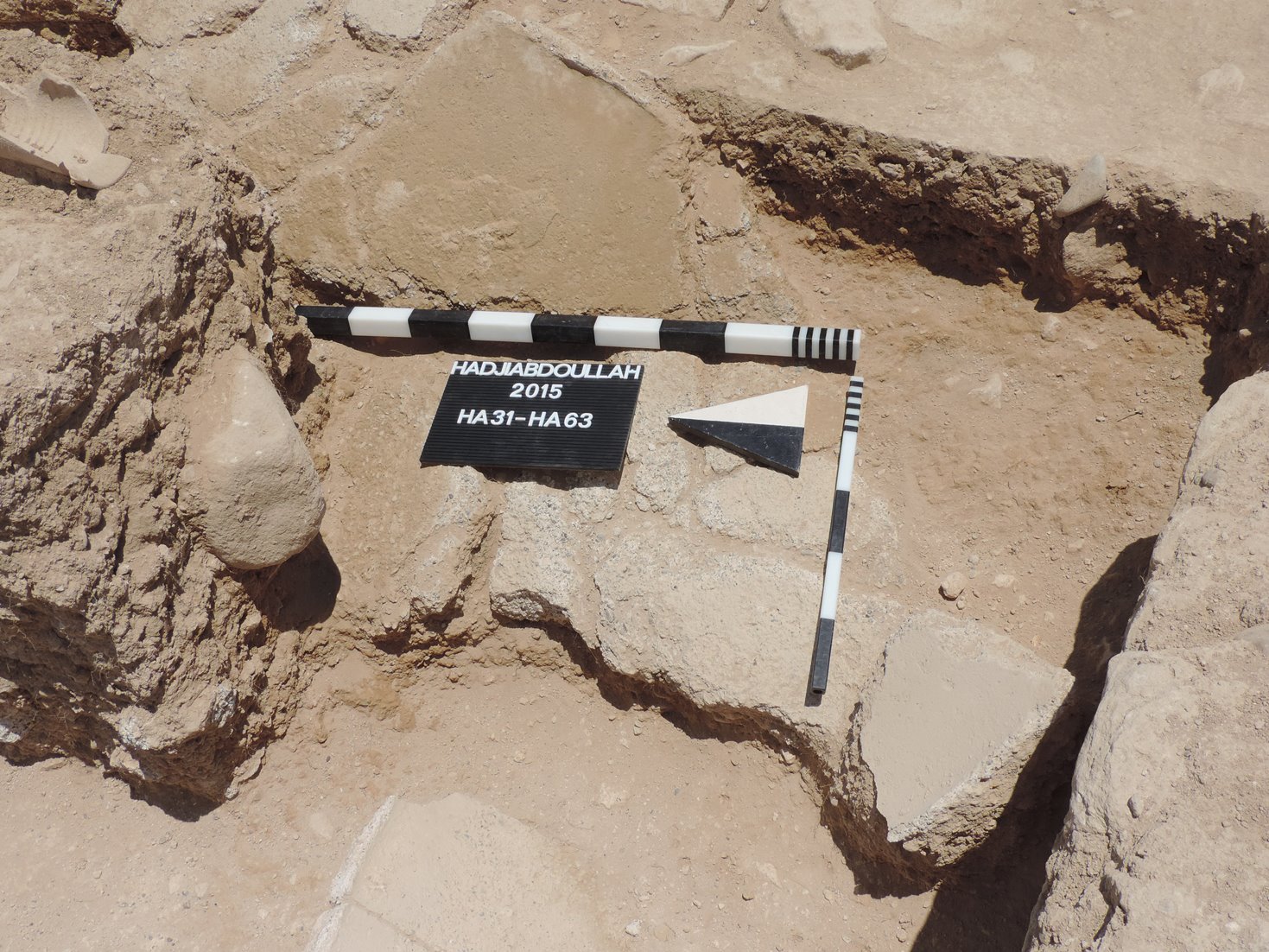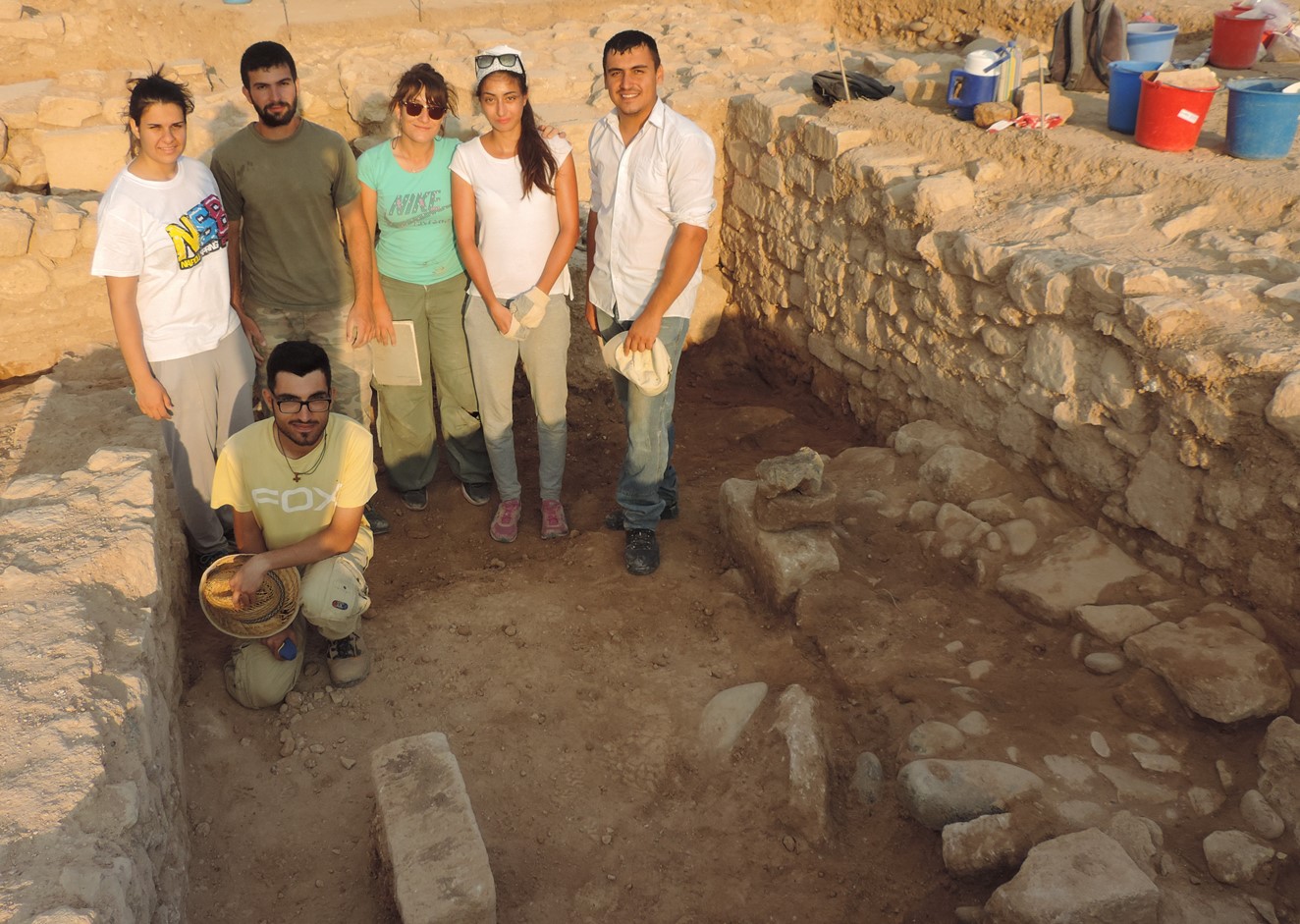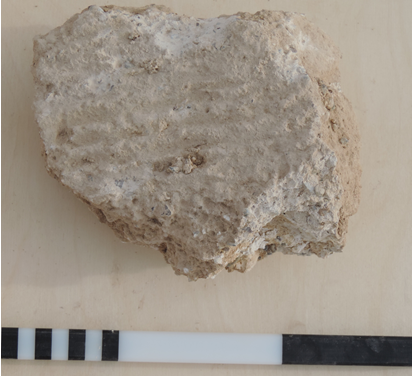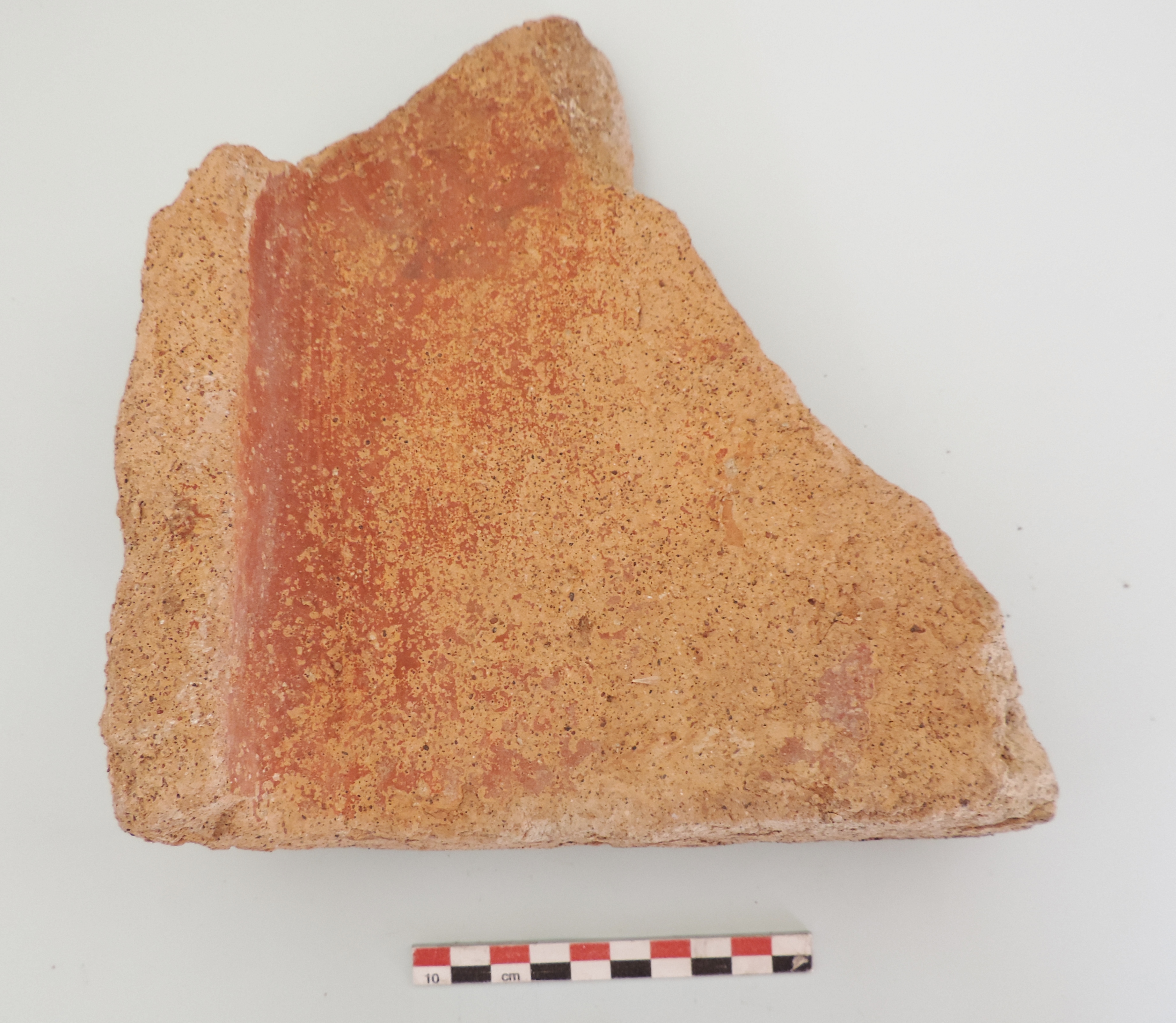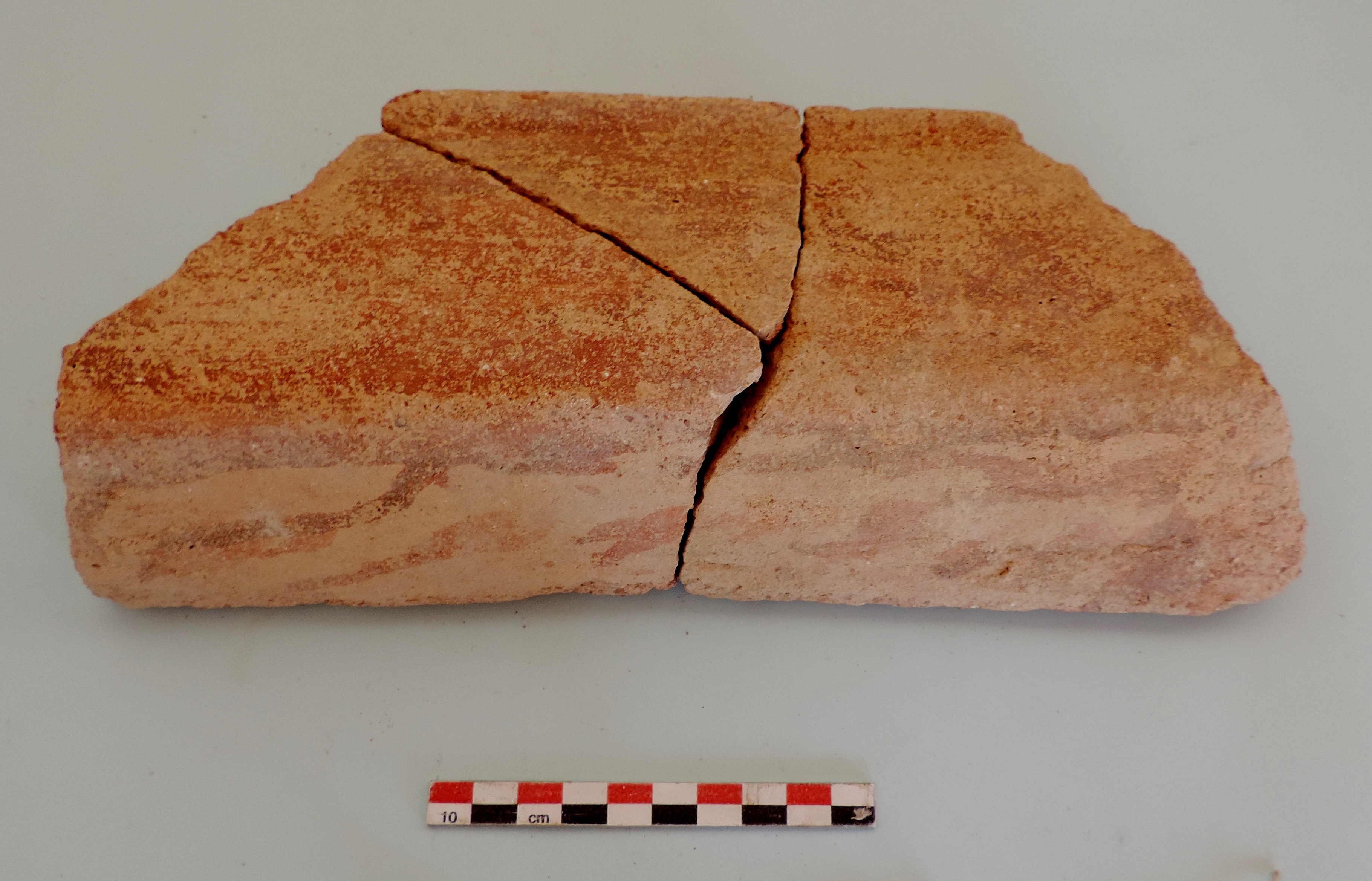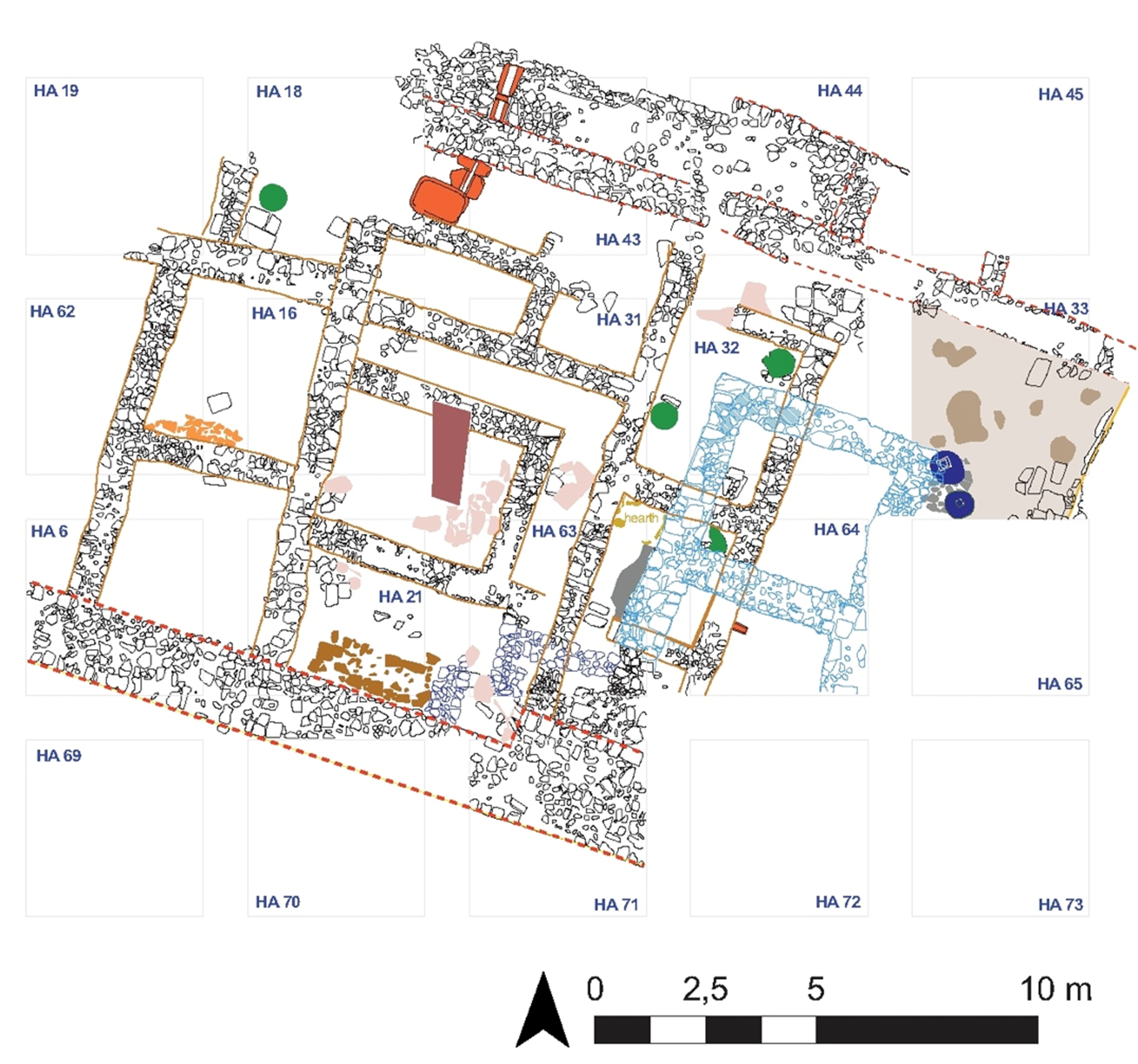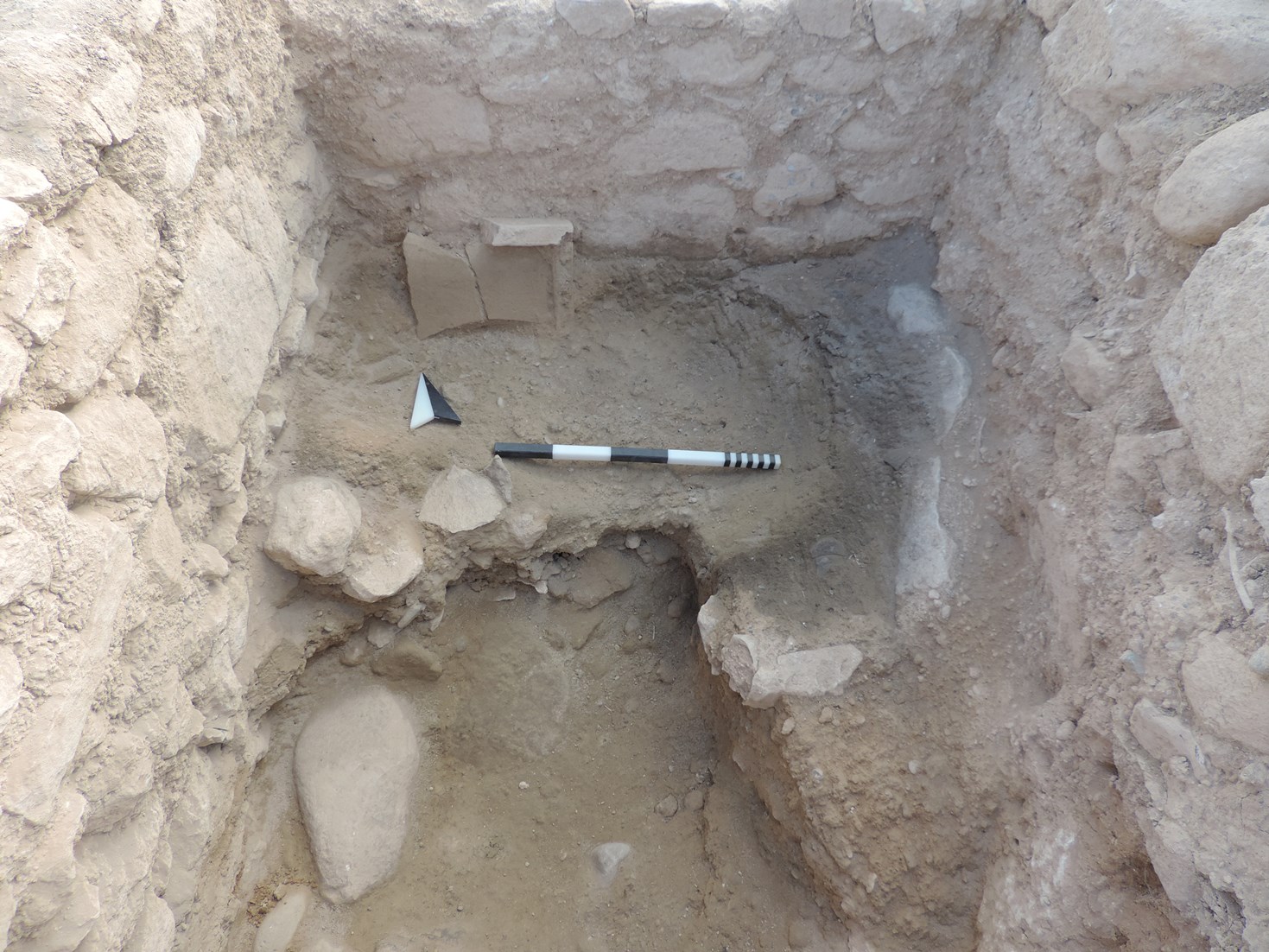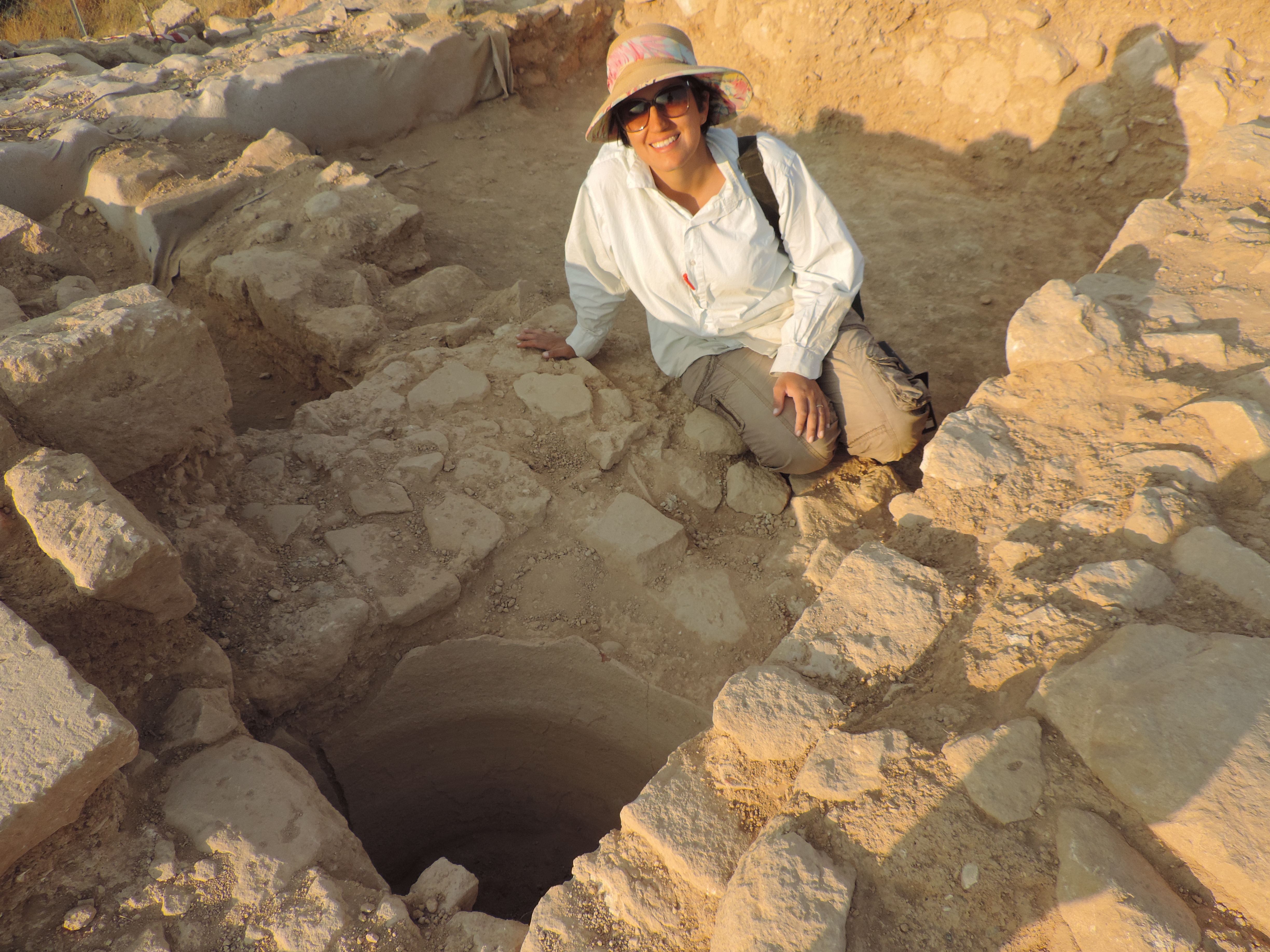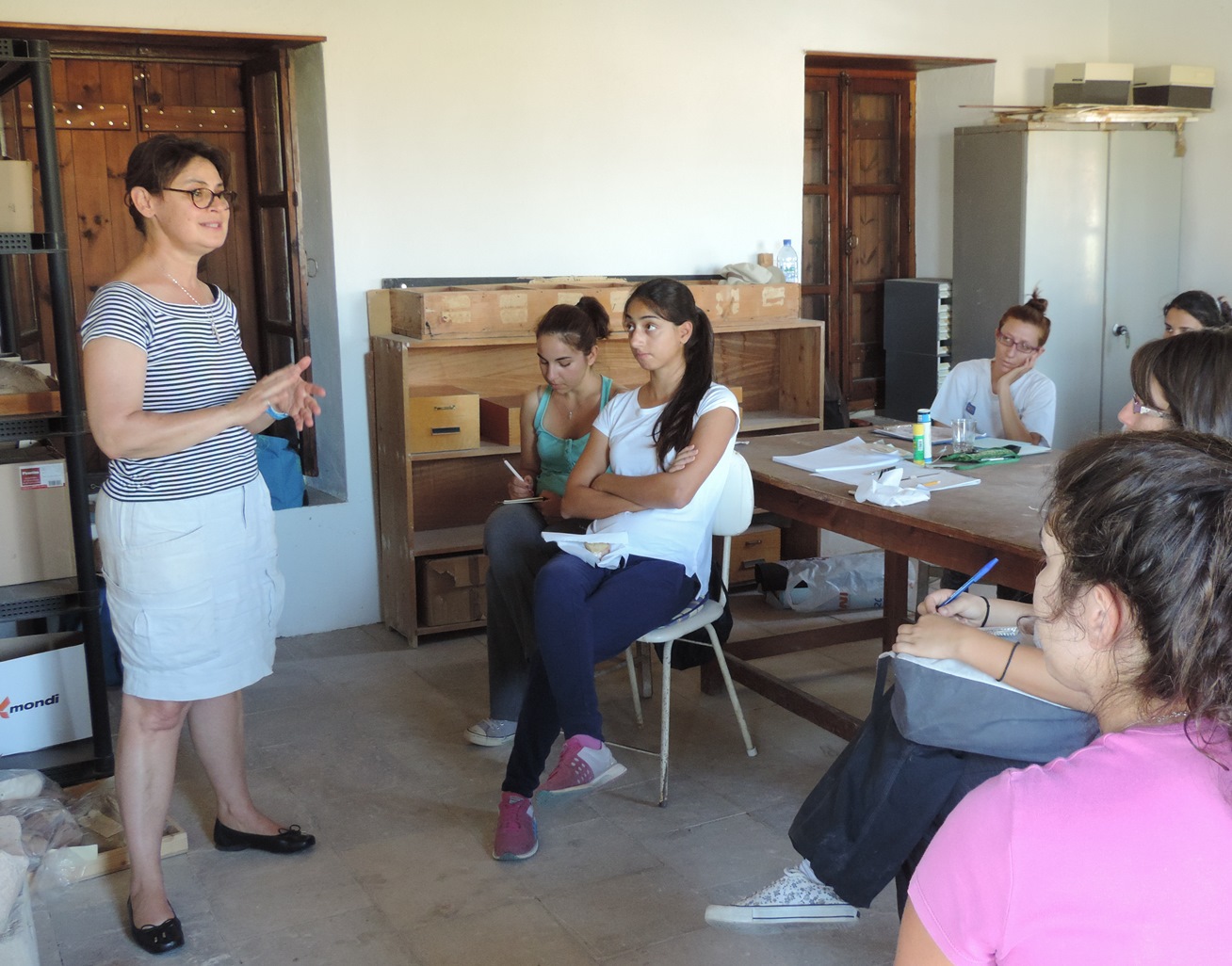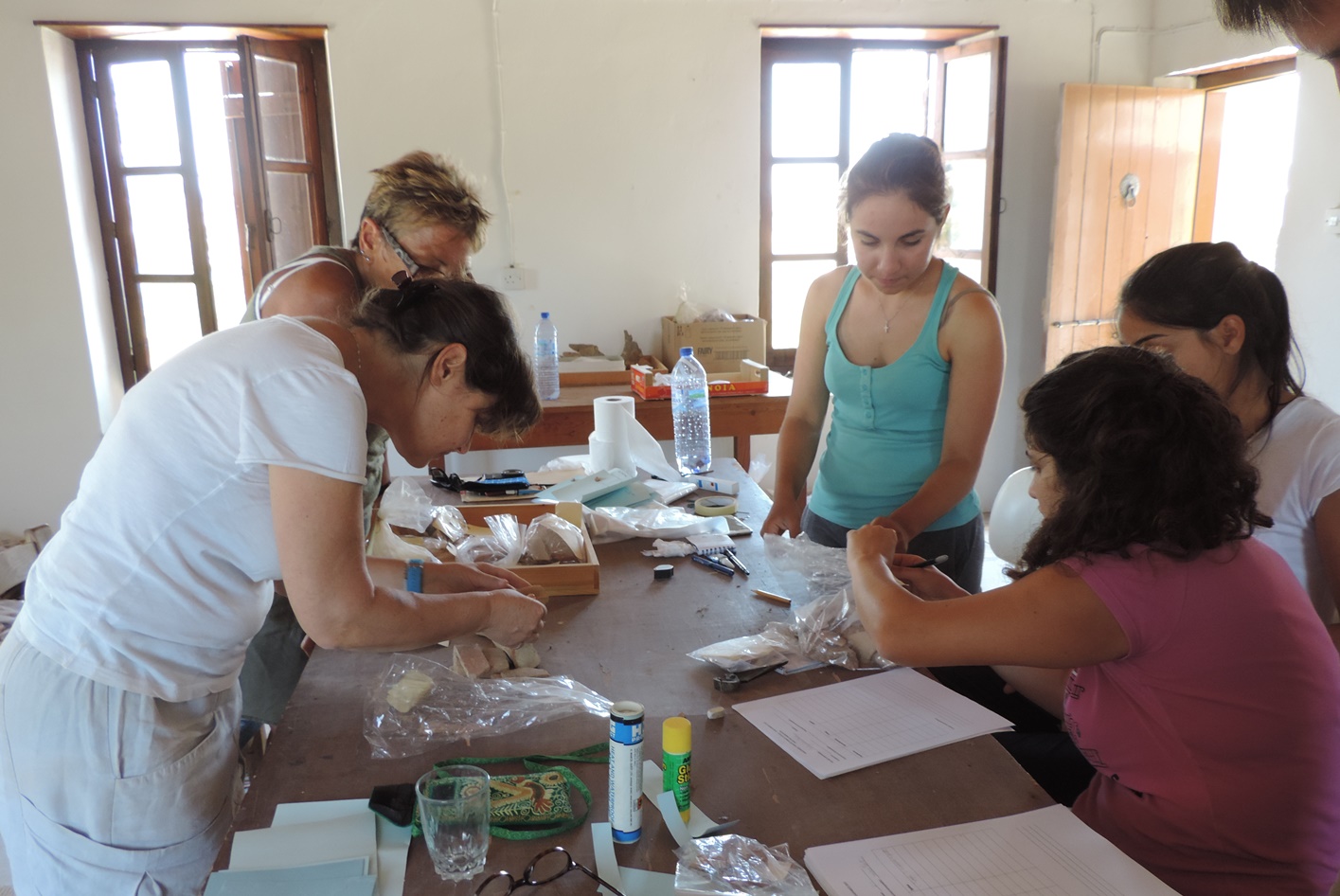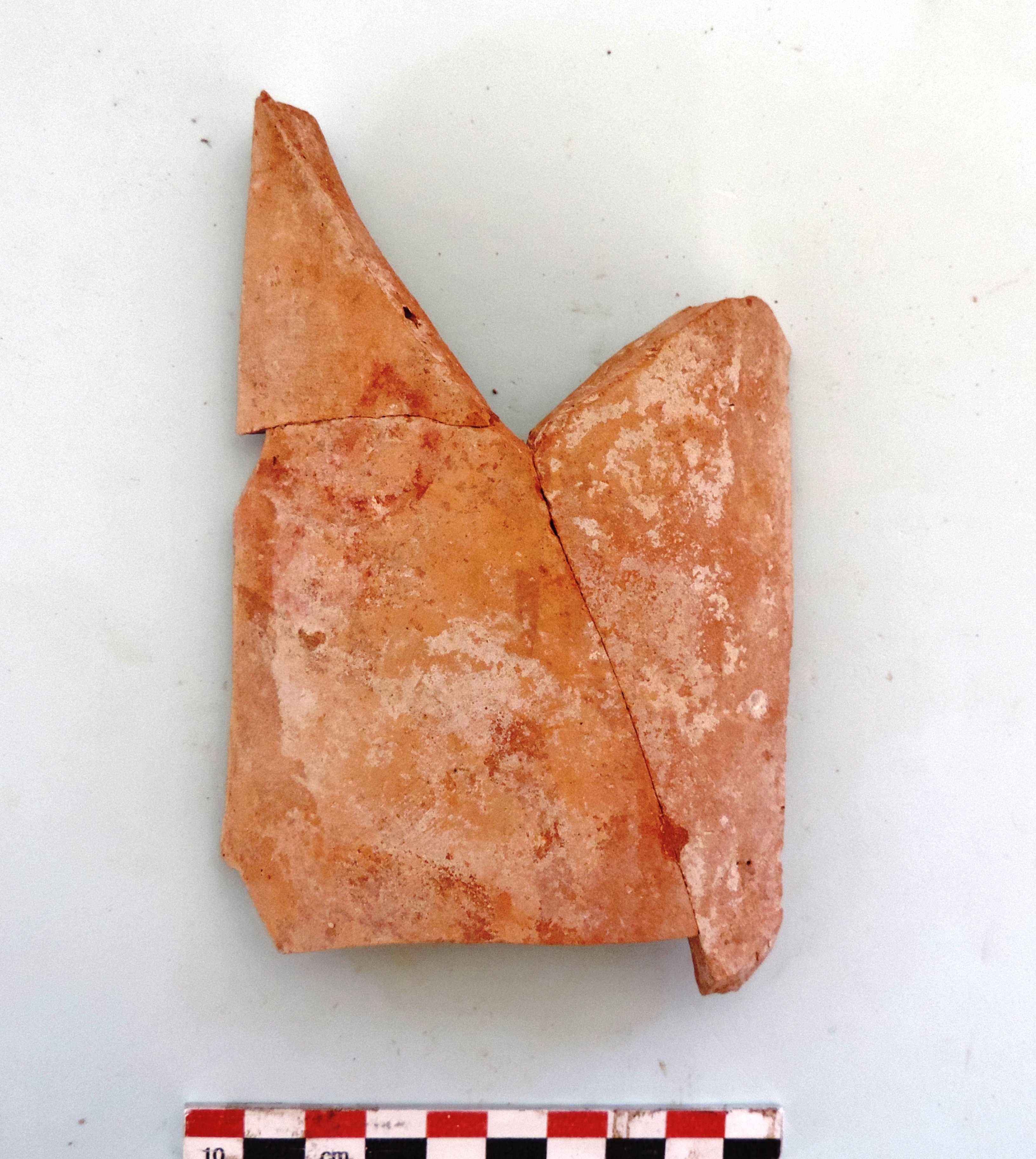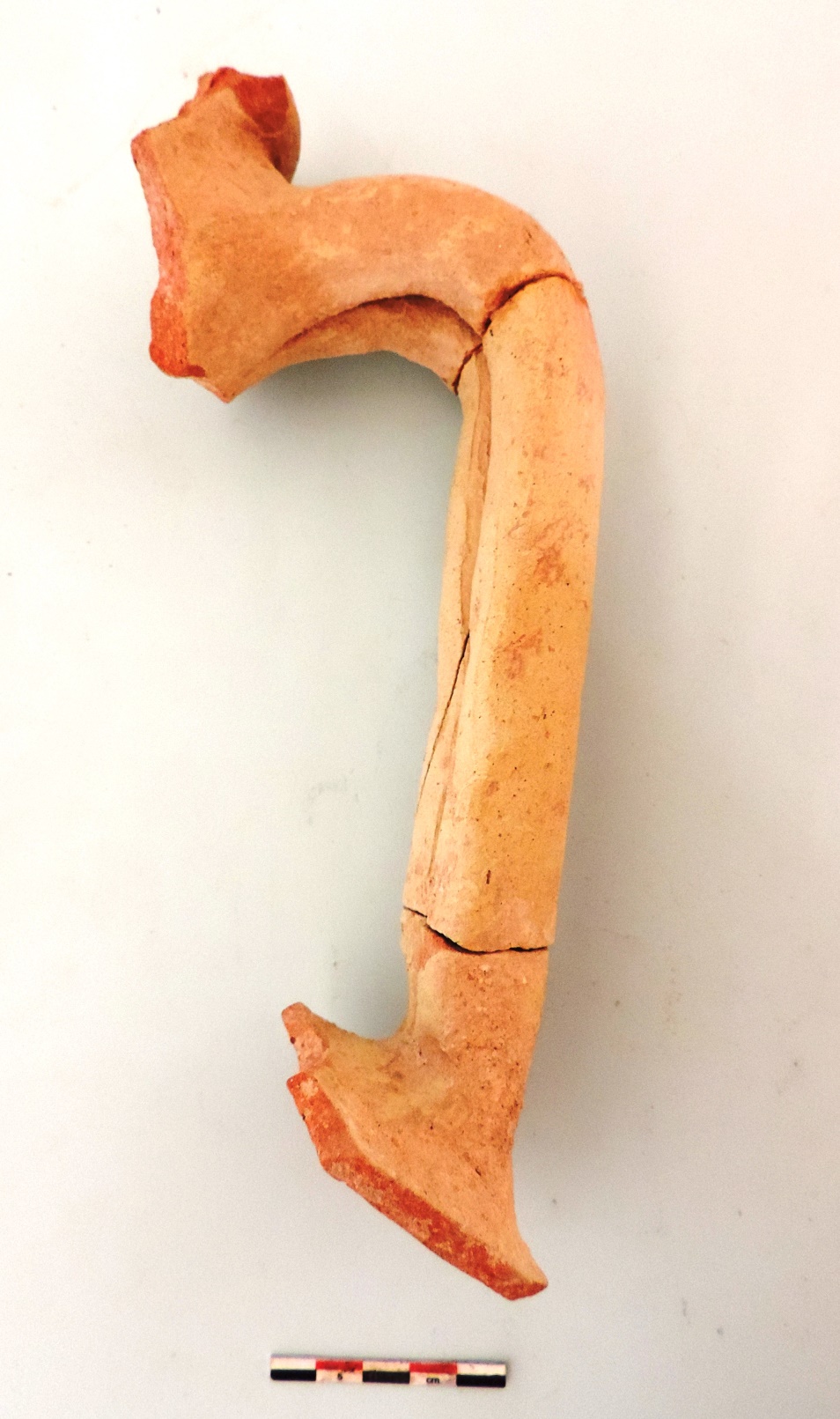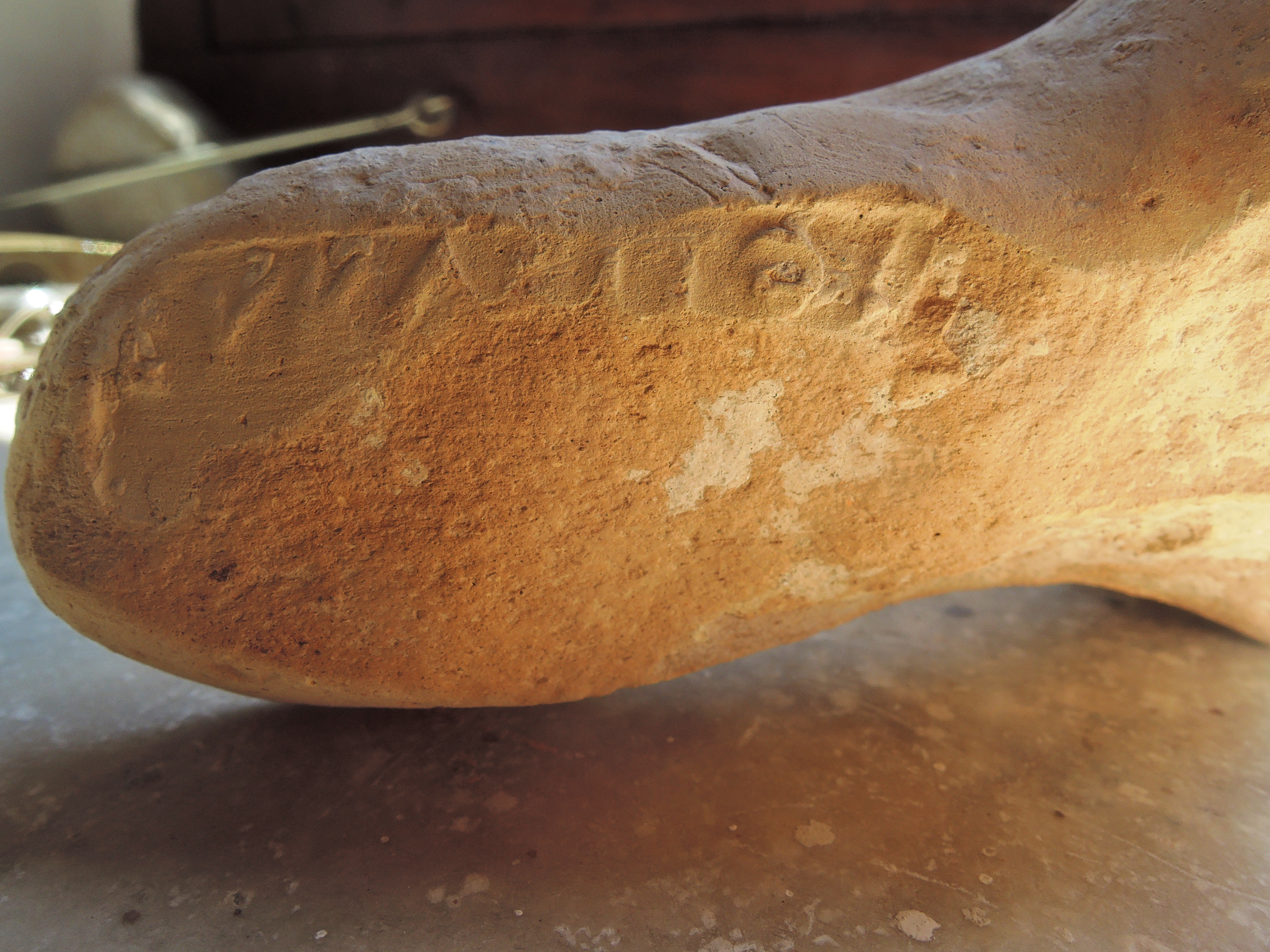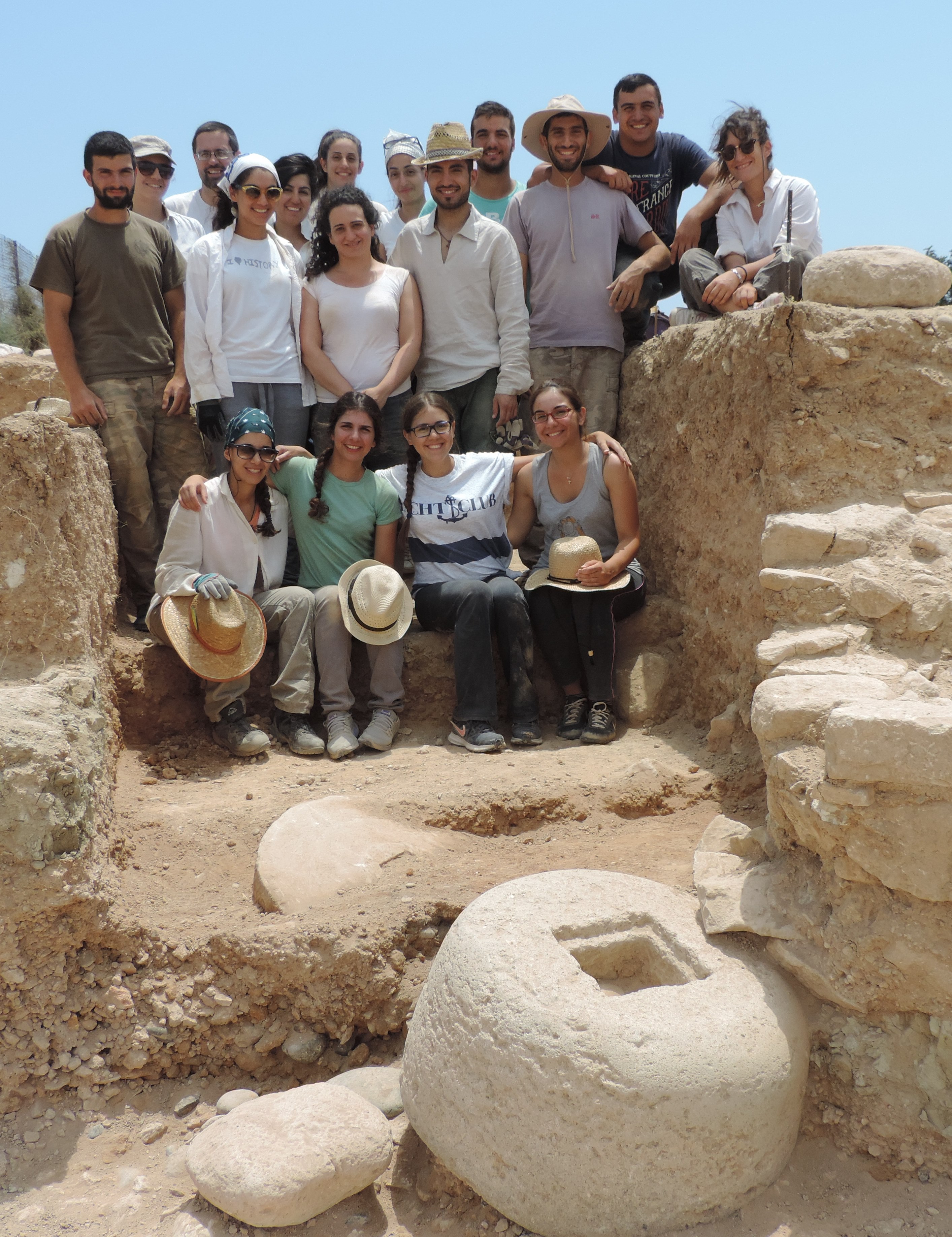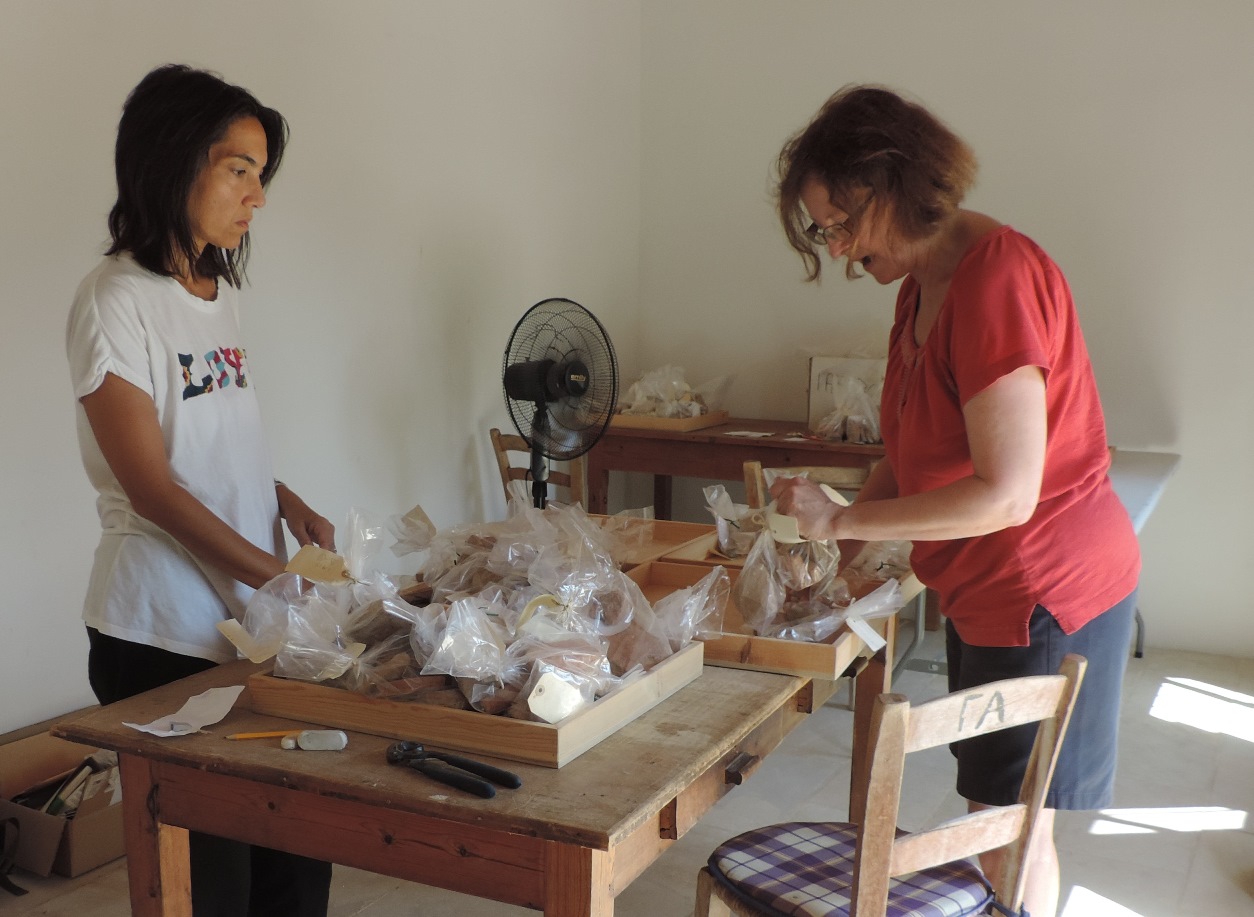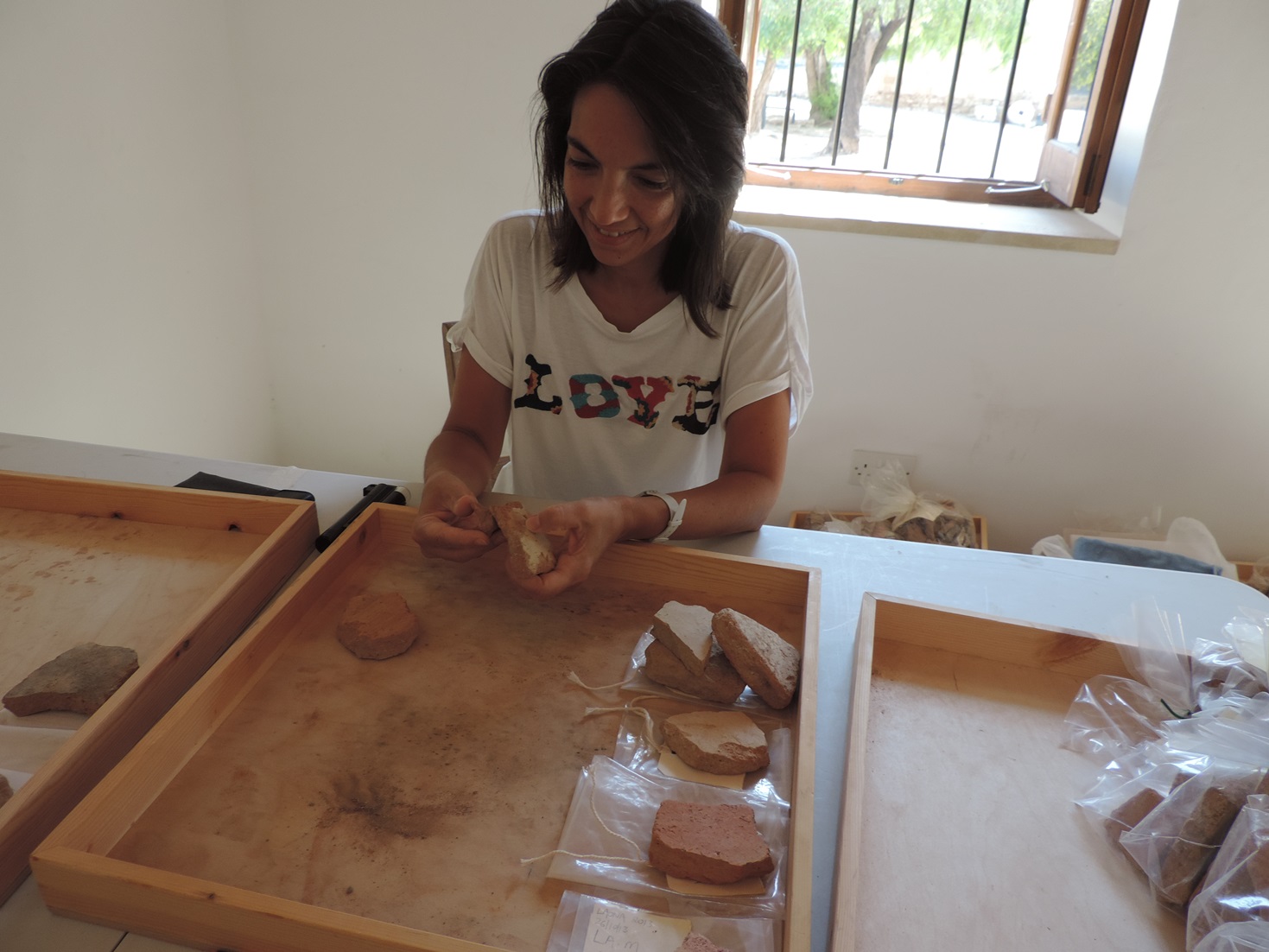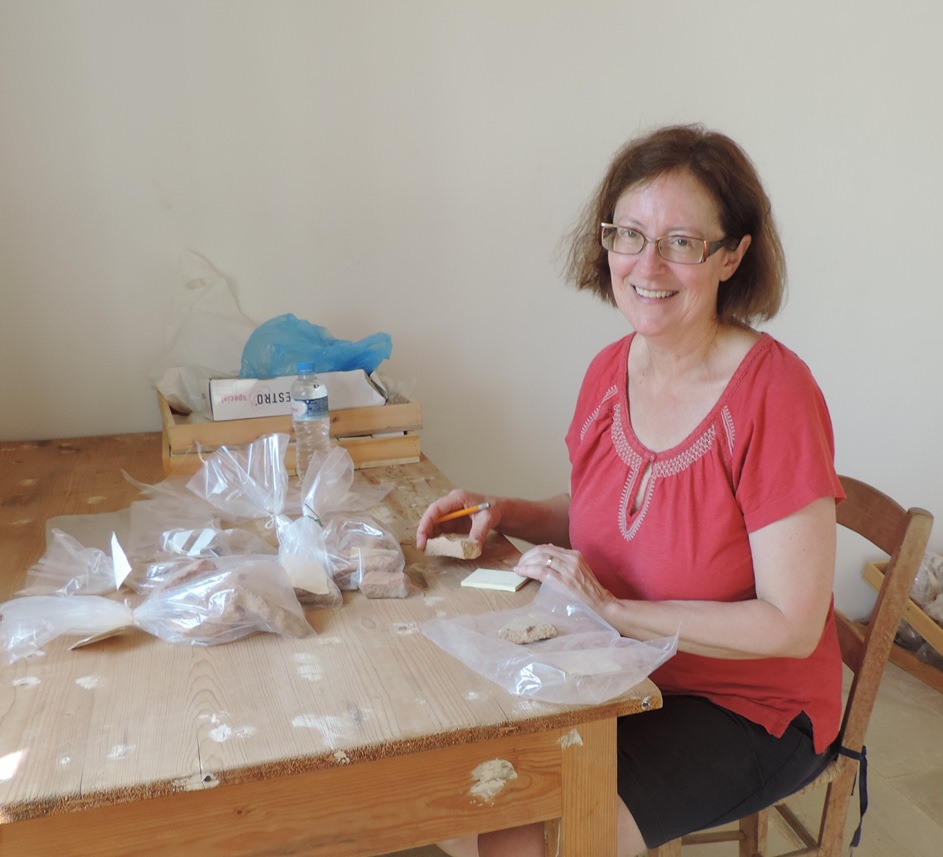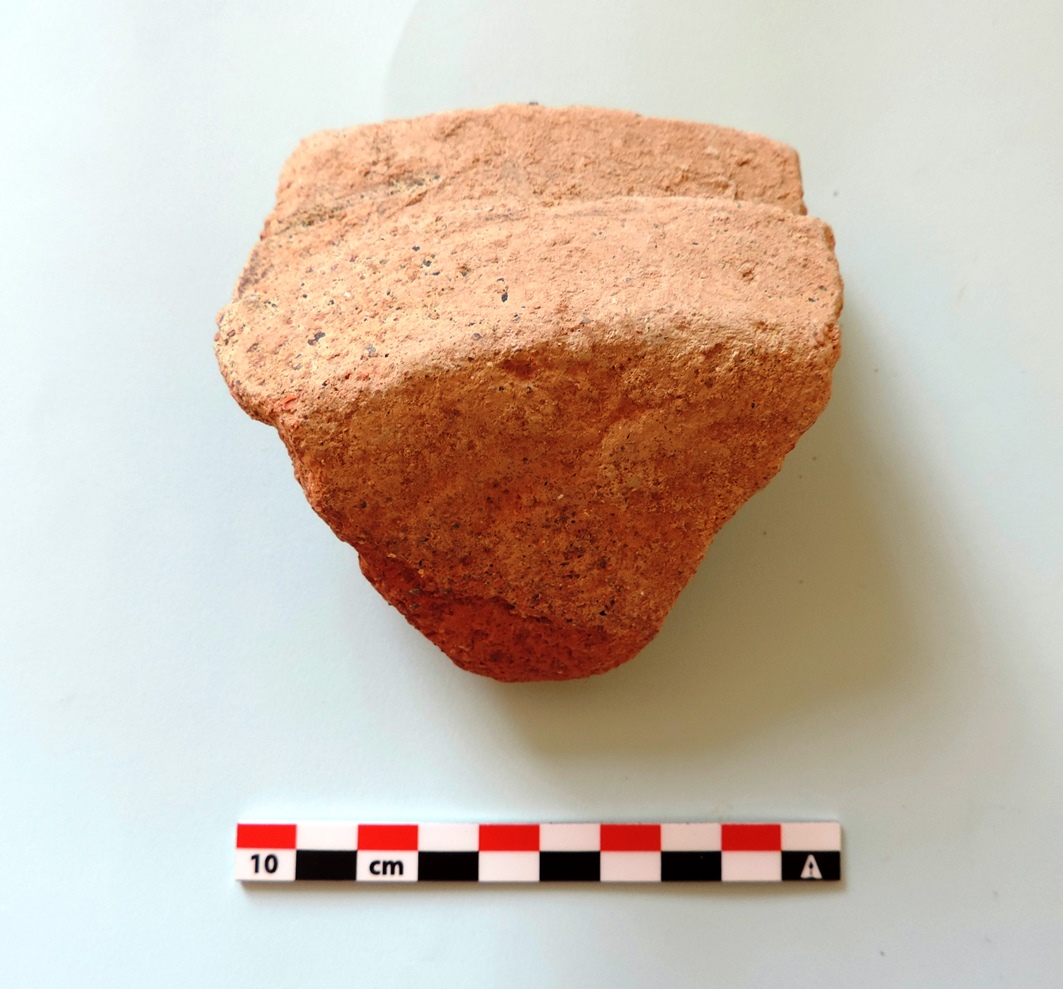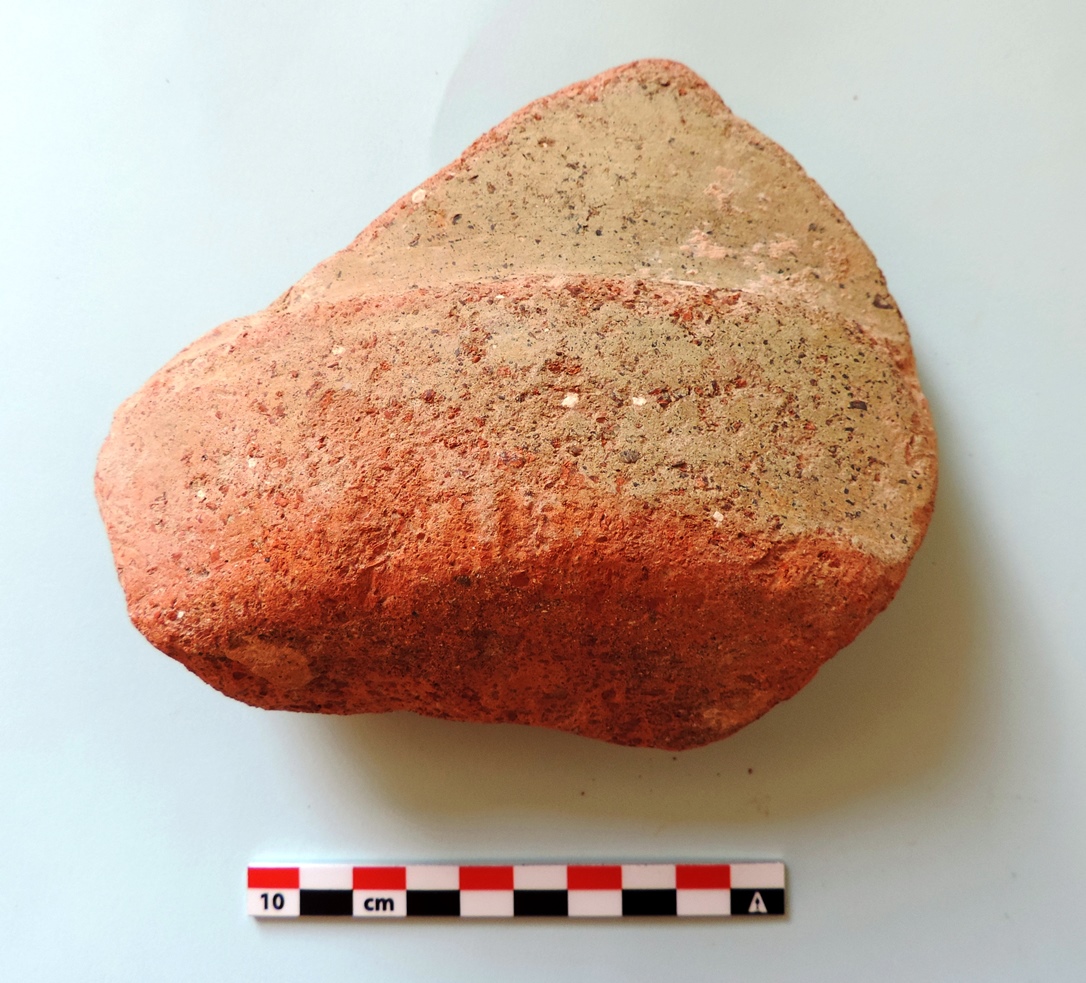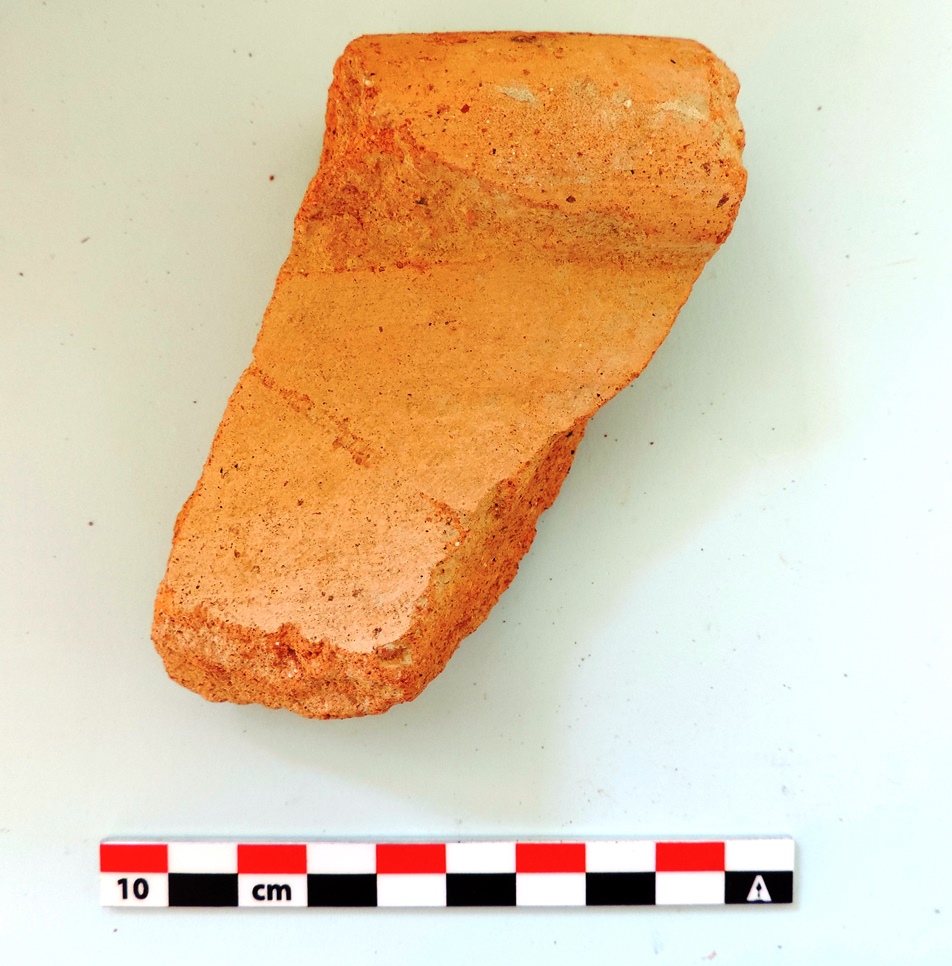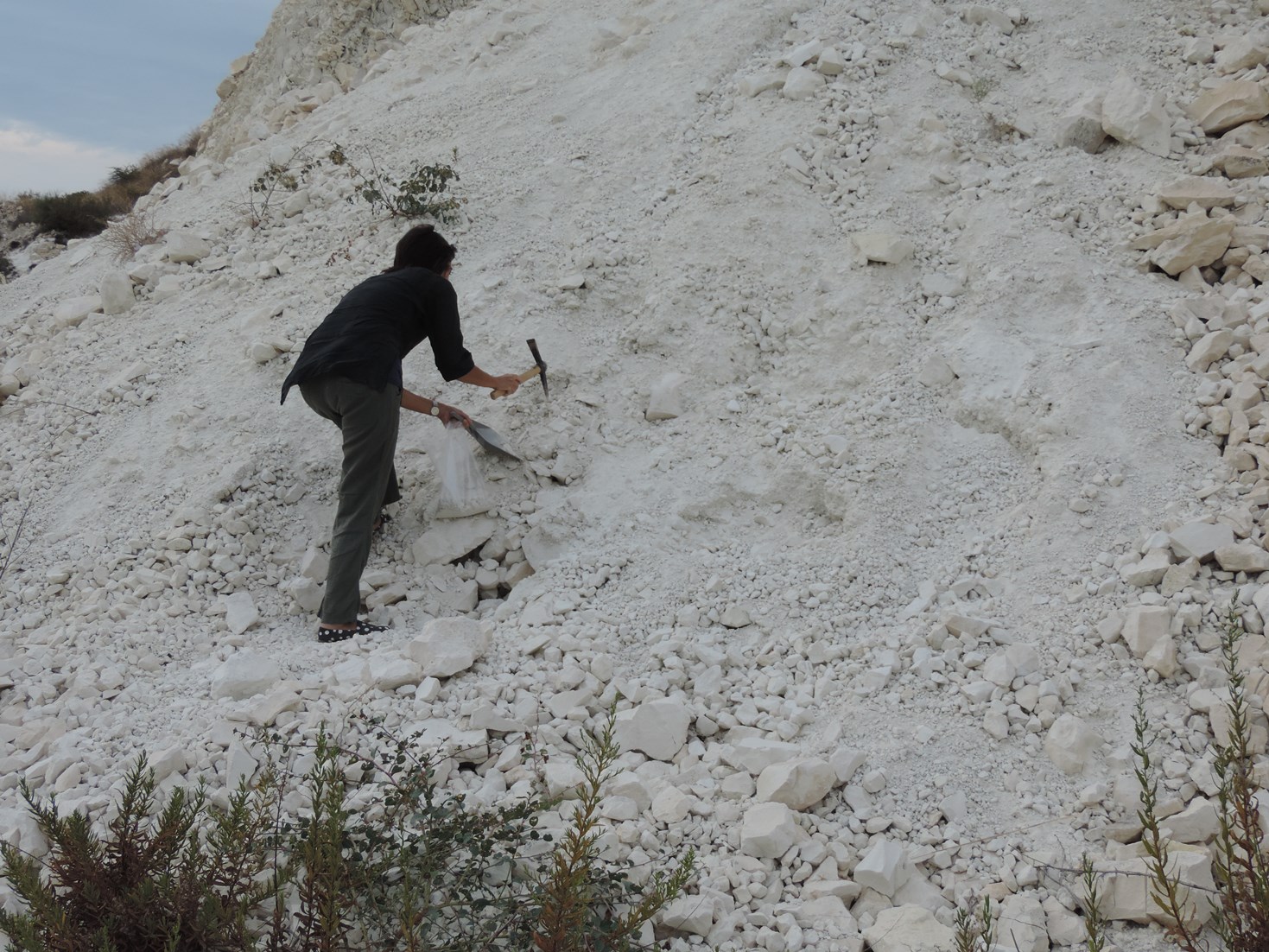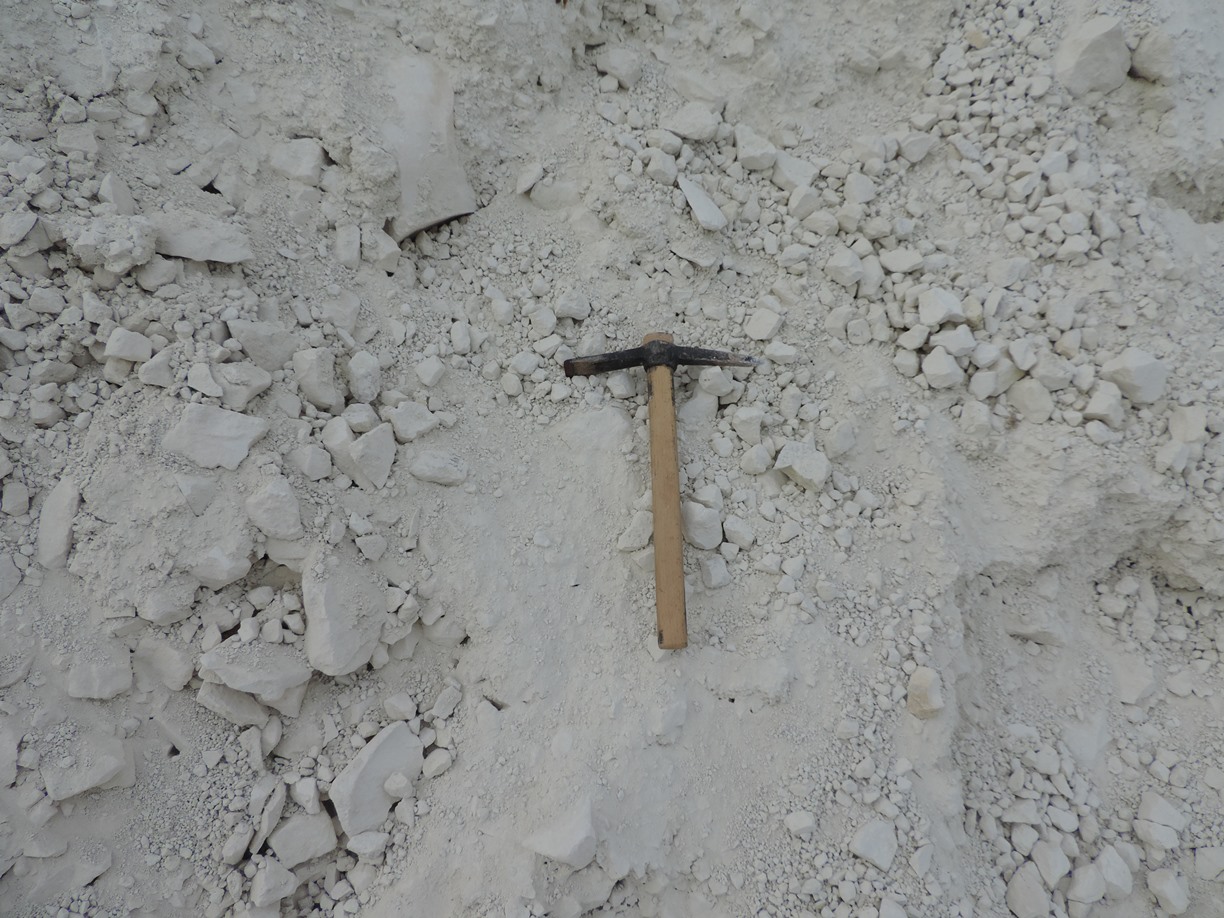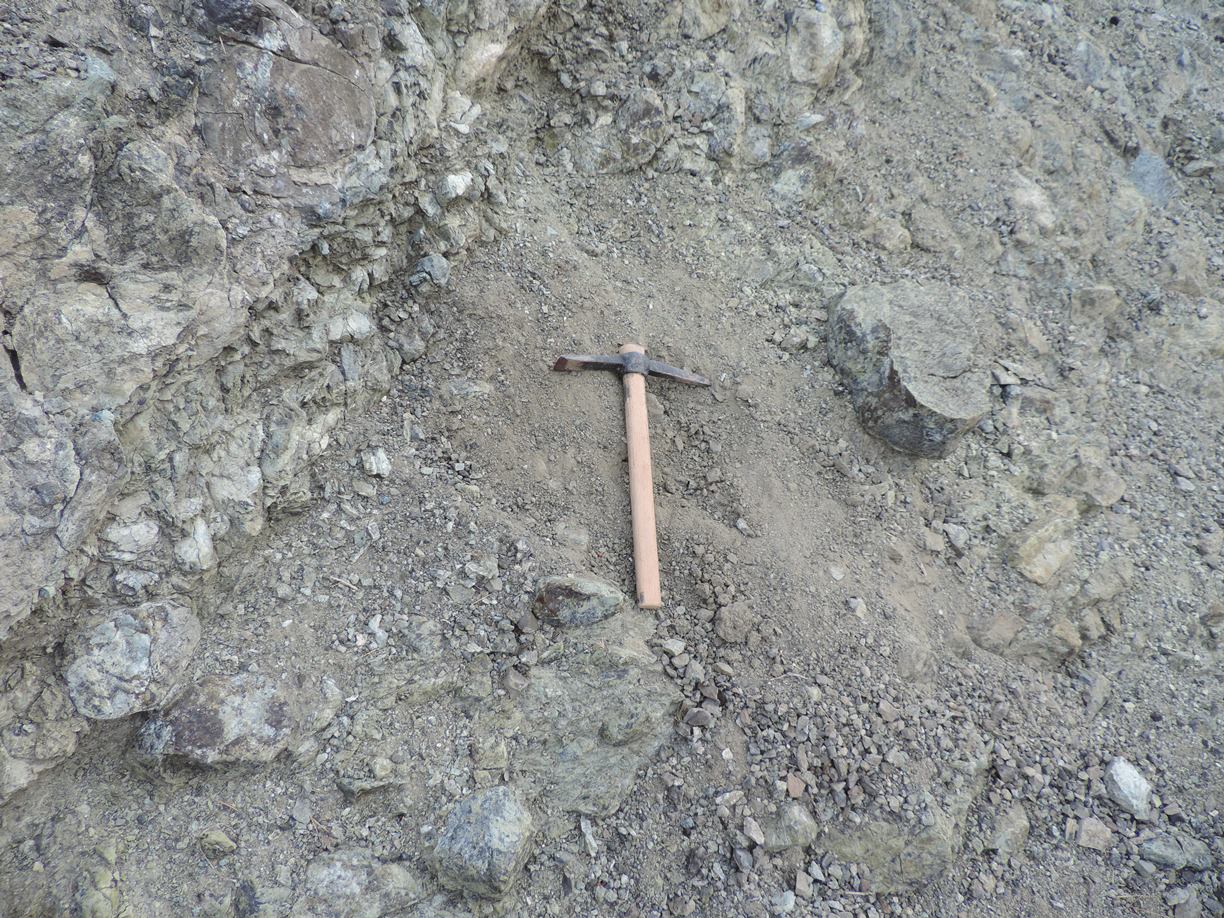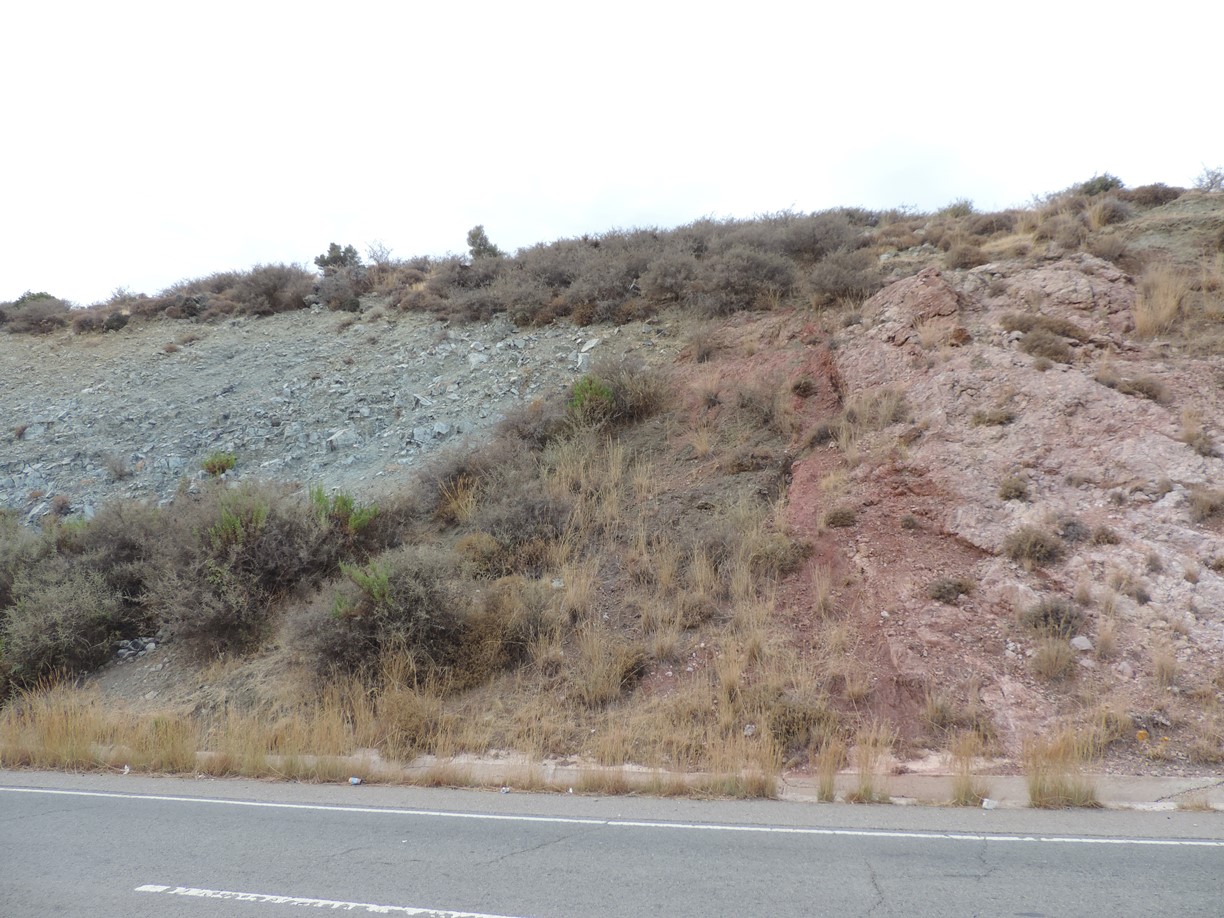Excavation season 2015
| Maria Iacovou | Director, Professor in Prehistoric and Protohistoric Archaeology, Univ. of Cyprus | |
| Artemis Georgiou | Assistant Director, Pottery specialist | |
| Stella Diakou | Assistant Field Director | |
| Paraskevi Christodoulou | Post-doctoral researcher, University of Cyprus | |
| Athos Agapiou | Topographer, Technological University of Cyprus | |
| Panagiota Nicolaou | Master Student, University of Cyprus | |
| Maria Hadjigavriel | Undergraduate Student, University of Cyprus | |
| Christiana Christodoulou | Undergraduate Student, University of Cyprus | |
| Fotini Constantinou | Undergraduate Student, University of Cyprus | |
| Elisavet Ilieva | Undergraduate Student, University of Cyprus | |
| Zinonas Sokratous | Undergraduate Student, University of Cyprus | |
| Daniella Georgiou | Undergraduate Student, University of Cyprus | |
| Raphael Charalambous | Undergraduate Student, University of Cyprus | |
| Maria Roussou | Undergraduate Student, University of Cyprus | |
| Raphael Evzonas | Undergraduate Student, University of Cyprus | |
| Paraskevi Psilogeni | Undergraduate Student, University of Cyprus | |
| Varvara Stivarou | Undergraduate Student, University of Cyprus | |
| Andria Efthymiou | Undergraduate Student, University of Cyprus | |
| Savvina Hadjipanteli | Undergraduate Student, University of Cyprus | |
| Maria Katiri | Undergraduate Student, University of Cyprus | |
| Giorgos Philippou | Undergraduate Student, University of Cyprus | |
| Eleni Soteriou | Undergraduate Student, University of Cyprus | |
| Panagiotis Theodoulou | Undergraduate Student, University of Cyprus | |
| Alexandra Ioannidou | Undergraduate Student, University of Cyprus | |
| Christoforos Christofi | Undergraduate Student, University of Cyprus | |
| Chrysostomos Polydorou | Undergraduate Student, University of Cyprus | |
| Paraskevi Achilleos | Undergraduate Student, University of Cyprus |
Study season 2015
| Following the international workshop "Ceramic Identities and Affinities of the Region of Paphos during the Bronze Age" organized within the framework of the research programme ARIEL (https://ucy.ac.cy/pulp/ariel/workshop), our team undertook a short study season at the Local Kouklia Museum in September. The team comprised Dr Artemis Georgiou, Dr Priscilla Keswani (Independent Researcher) and Dr Eleni Nodarou (INSTAP Study Centre for East Crete). The aim of the study season was to undertake the inter-disciplinary study of the Late Cypriot storage vessels unearthed by PULP at the sites of Laona (excavated between 2012-2014) and Mantissa (excavated in 2012). |
||||
|
||||
Our team has completed the macroscopic and typological analysis of the material. Simultaneously, Dr Eleni Nodarou has taken samples from a number of specimens for the creation of thin sections with the aim of undertaking petrographic analyses. These analyses will be conducted at the laboratory of the INSTAP Study Centre of East Crete. We have also collected a number of geological samples from different localities within the wider region of Paphos, which will be also analysed by Dr Nodarou at INSTAP, with the aim of determining whether these comprise elements for the manufacture of the Late Cypriot storage vessels examined.
|
||||
|
||||
We anticipate that the results of this inter-disciplinary programme will shed light on the storage practices of the Late Bronze Age urban centre at Palaepaphos, the manufacture and circulation of storage vessels and the affinities of the Palaepaphos settlement with other sites, particularly with Maa-Palaeokastro and Alassa-Paliotaverna. |
||||
|


